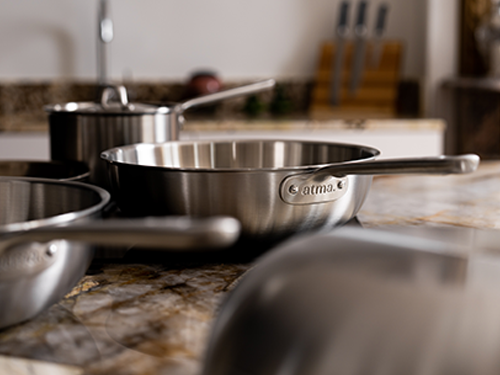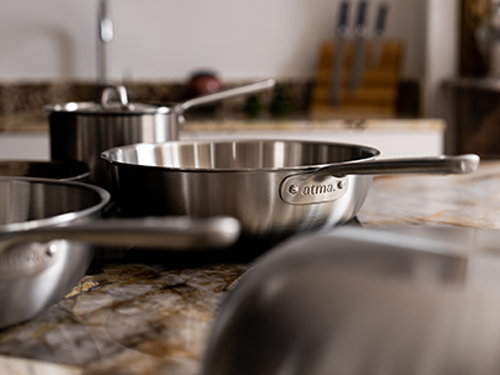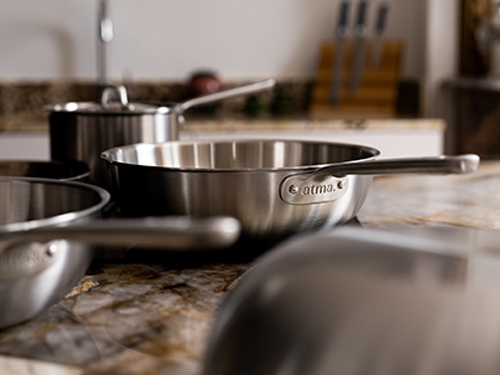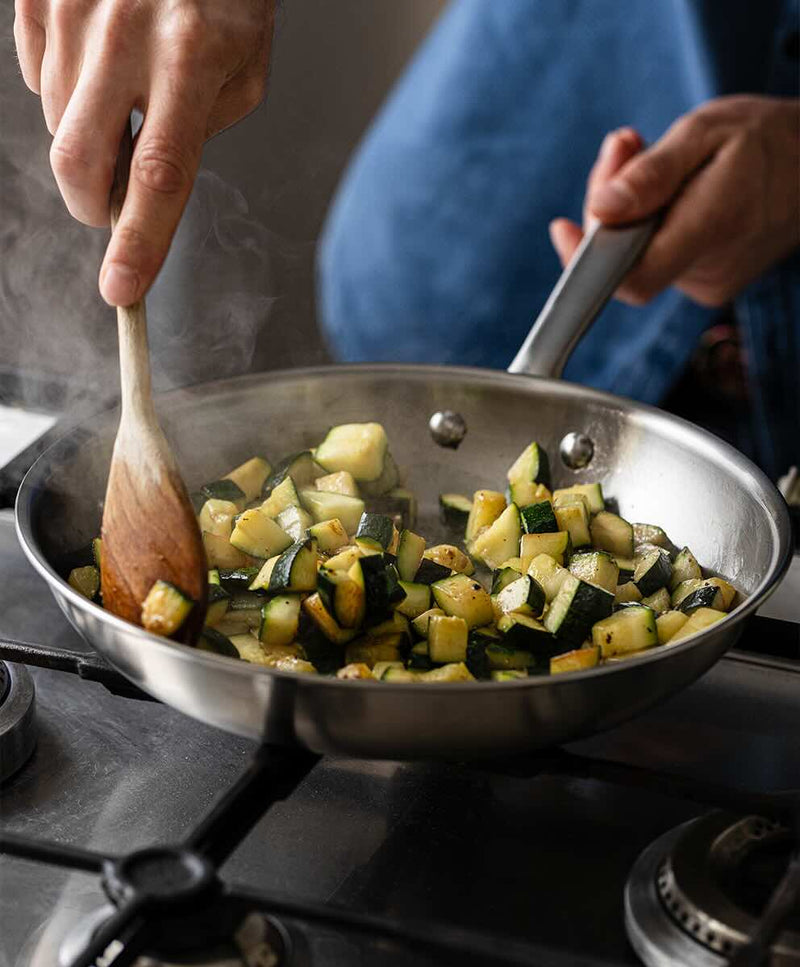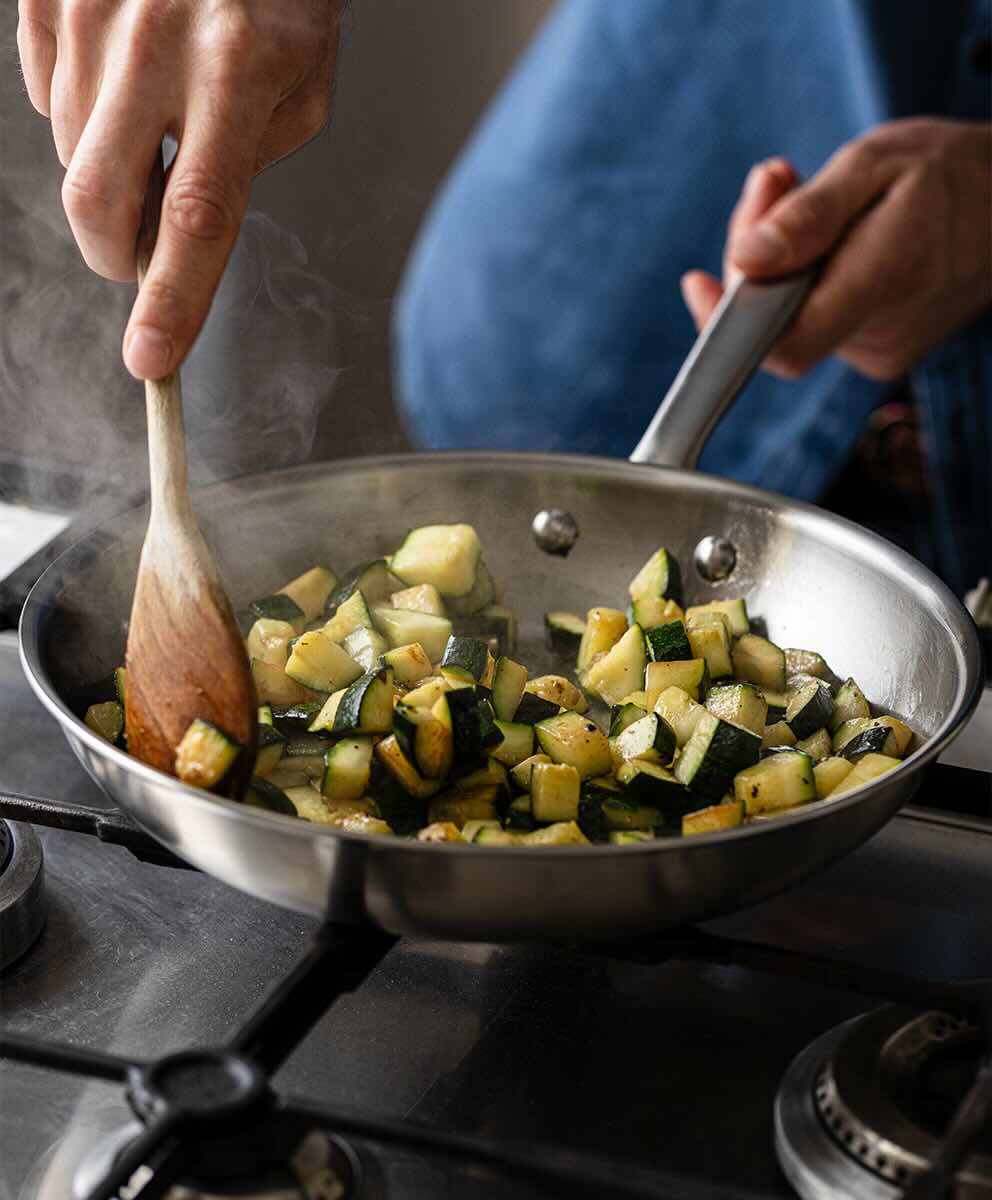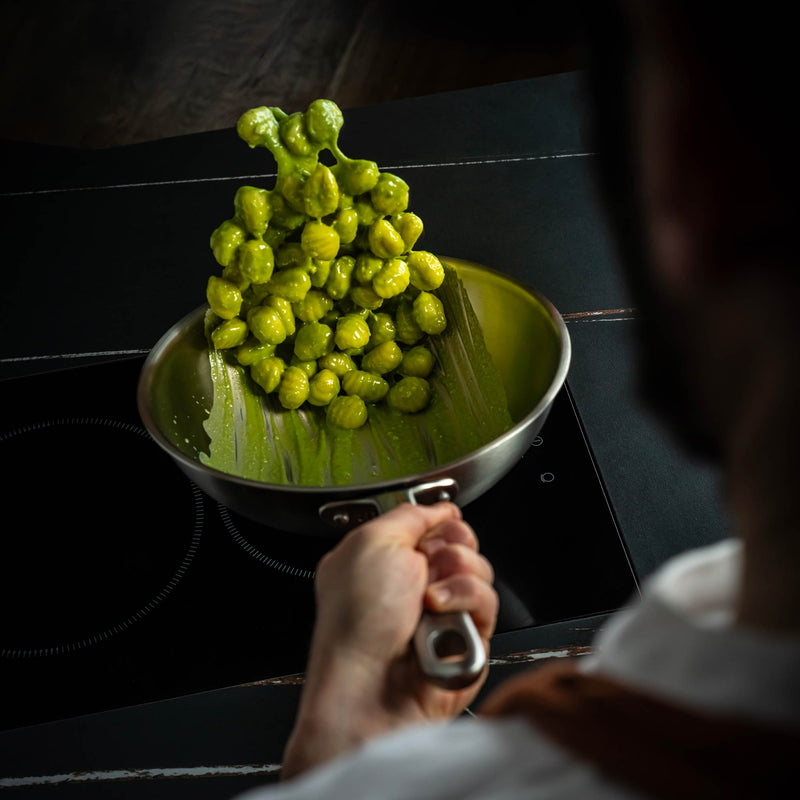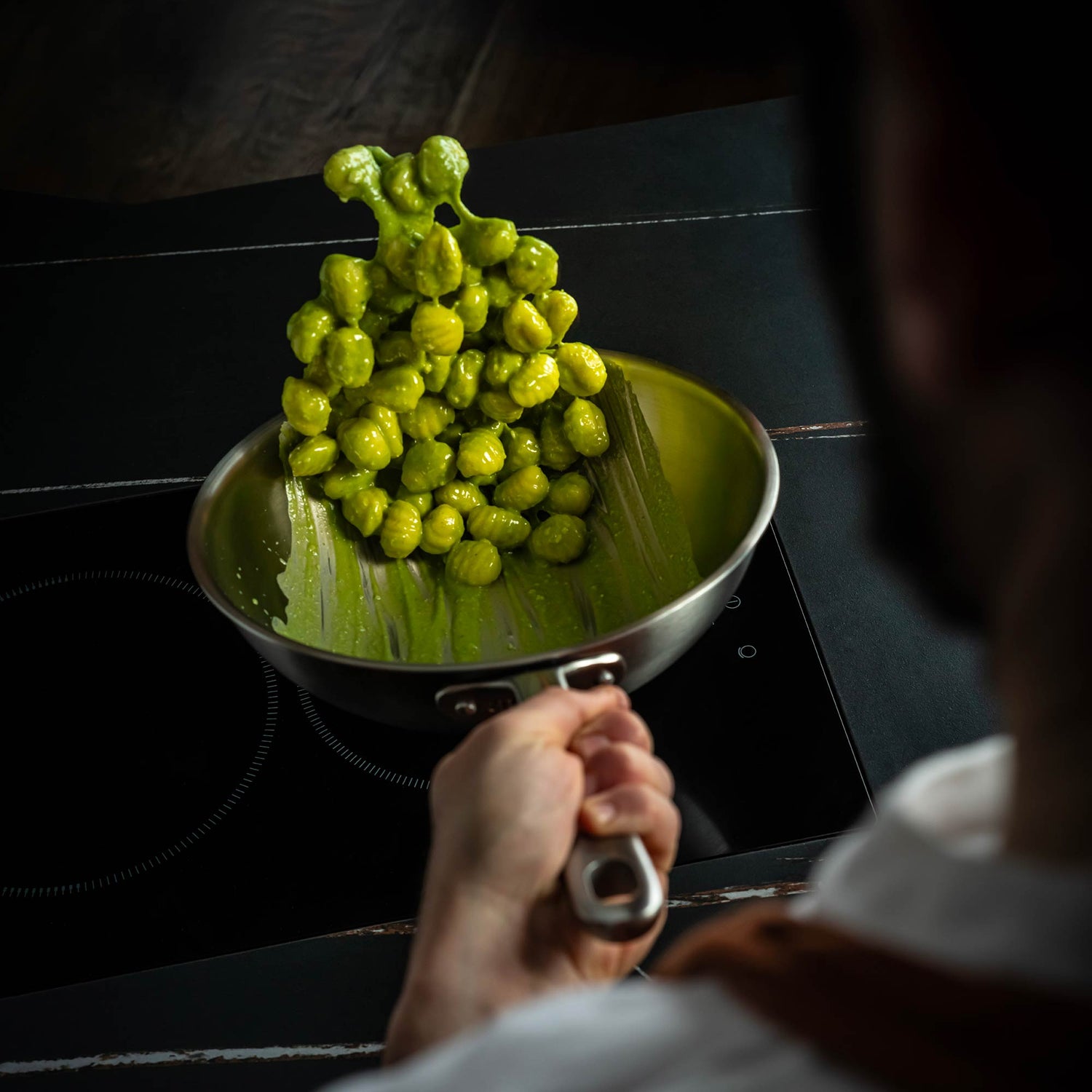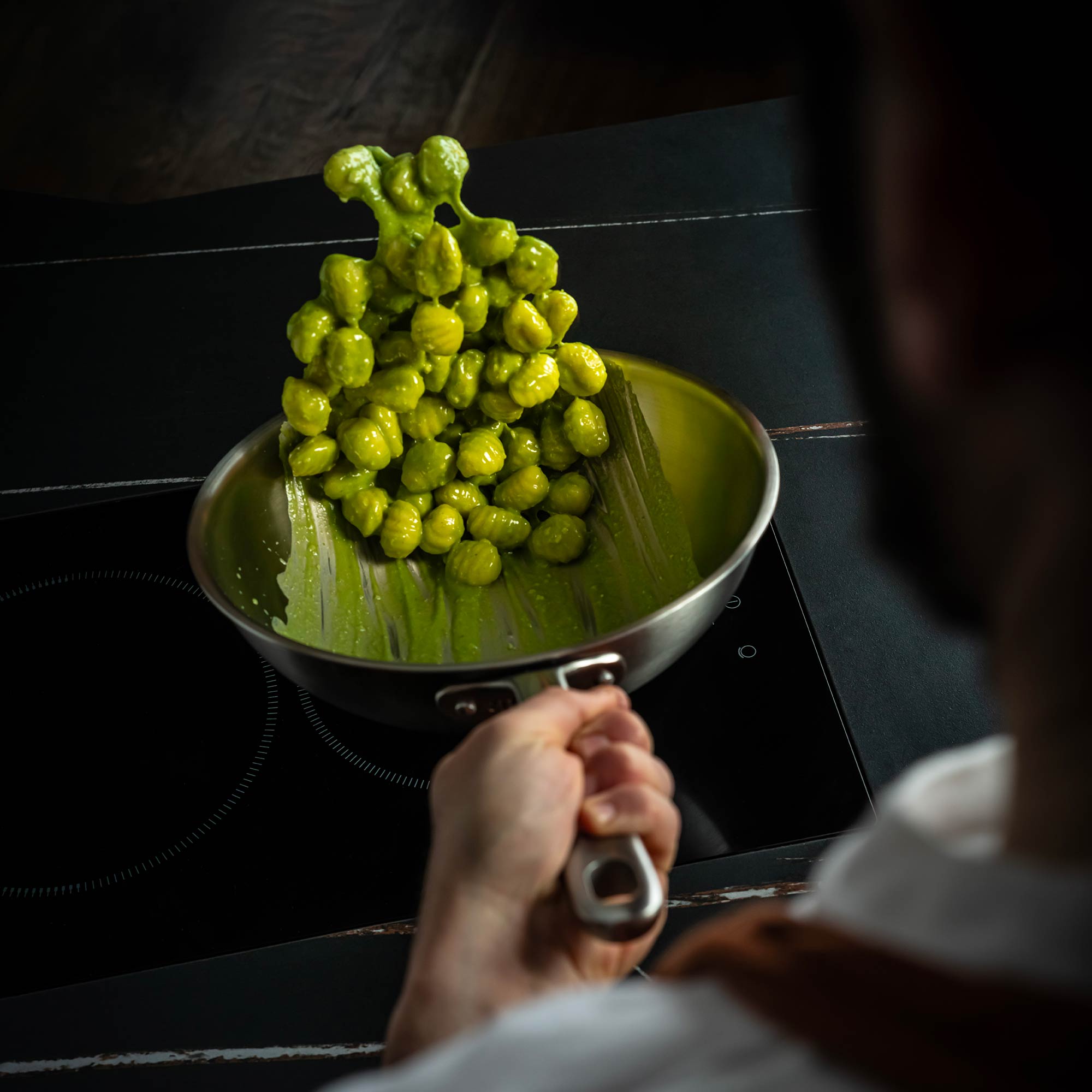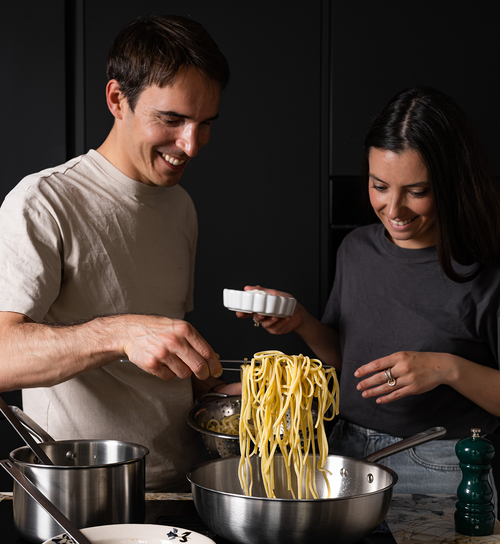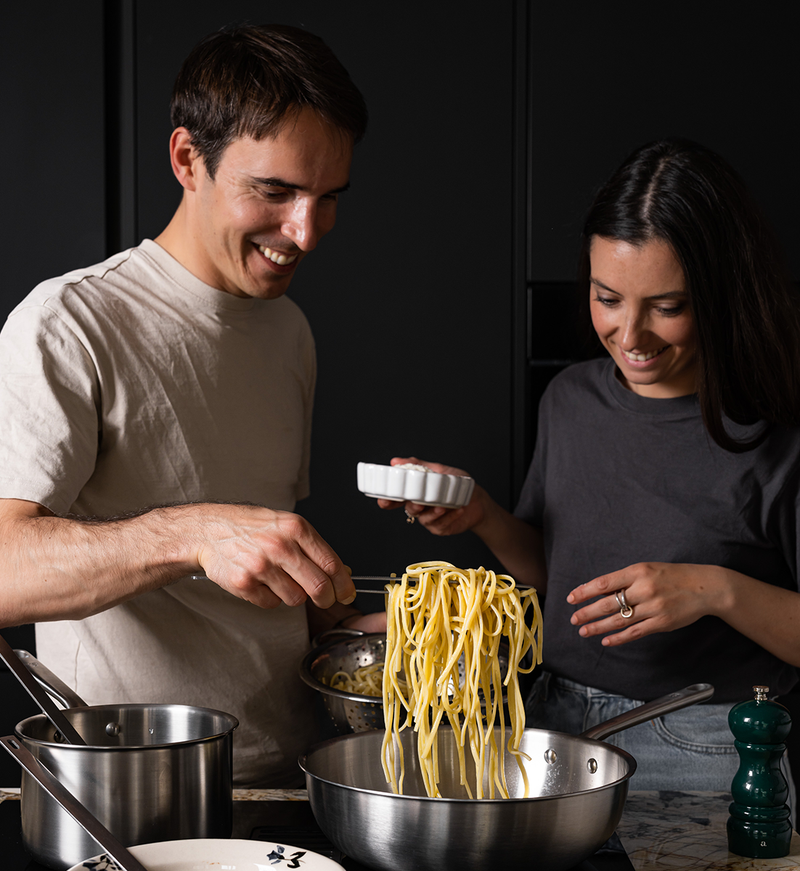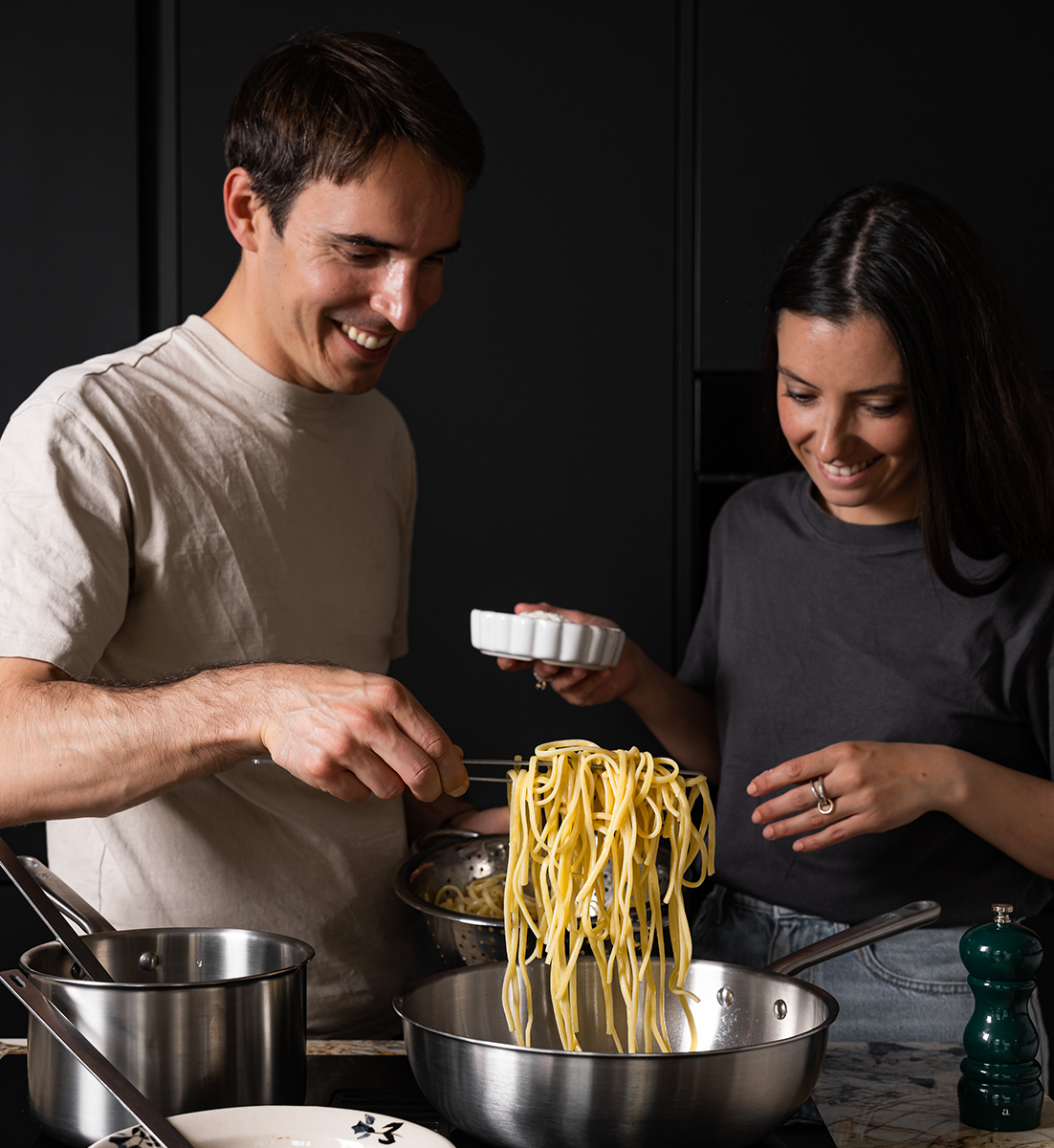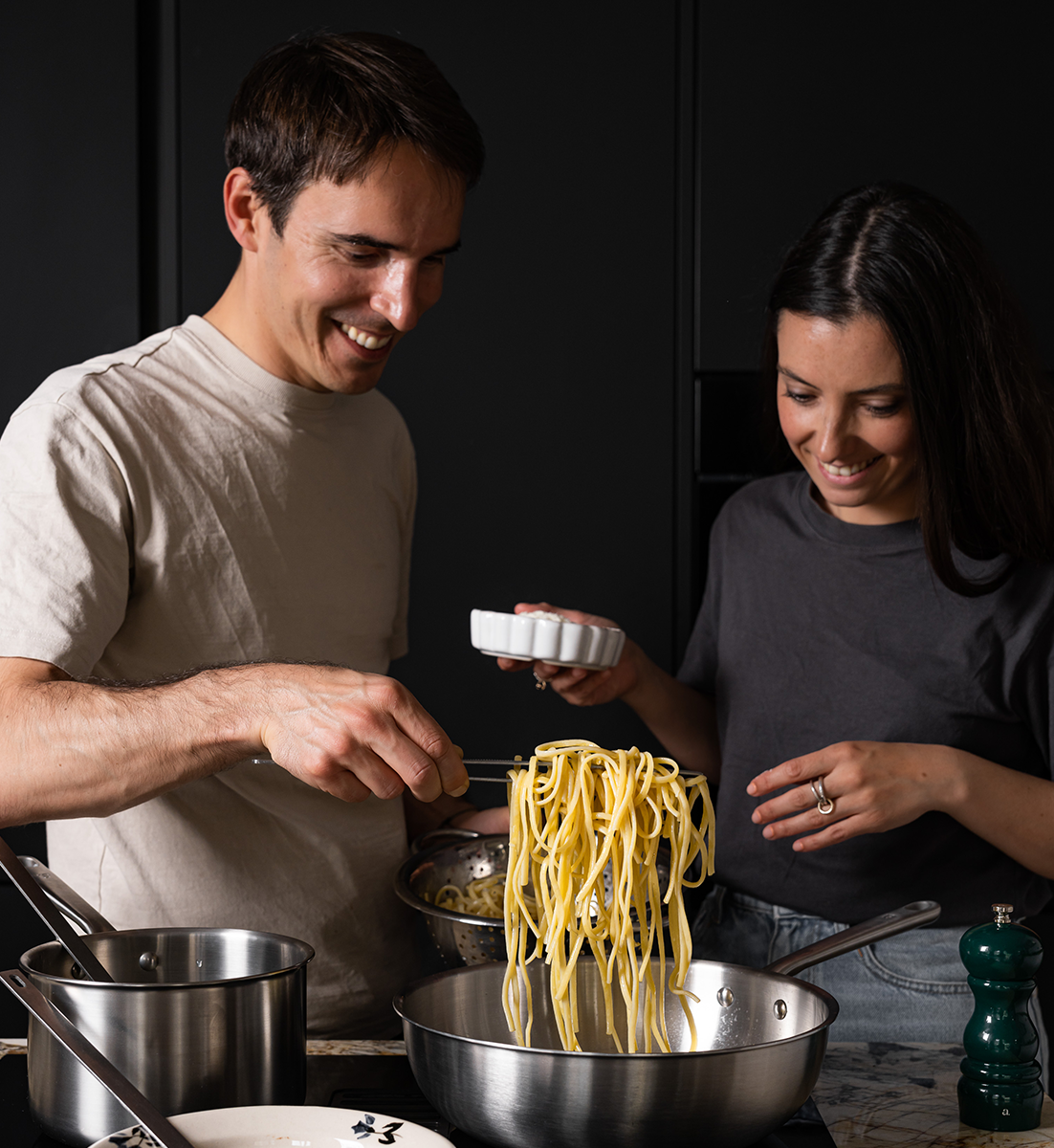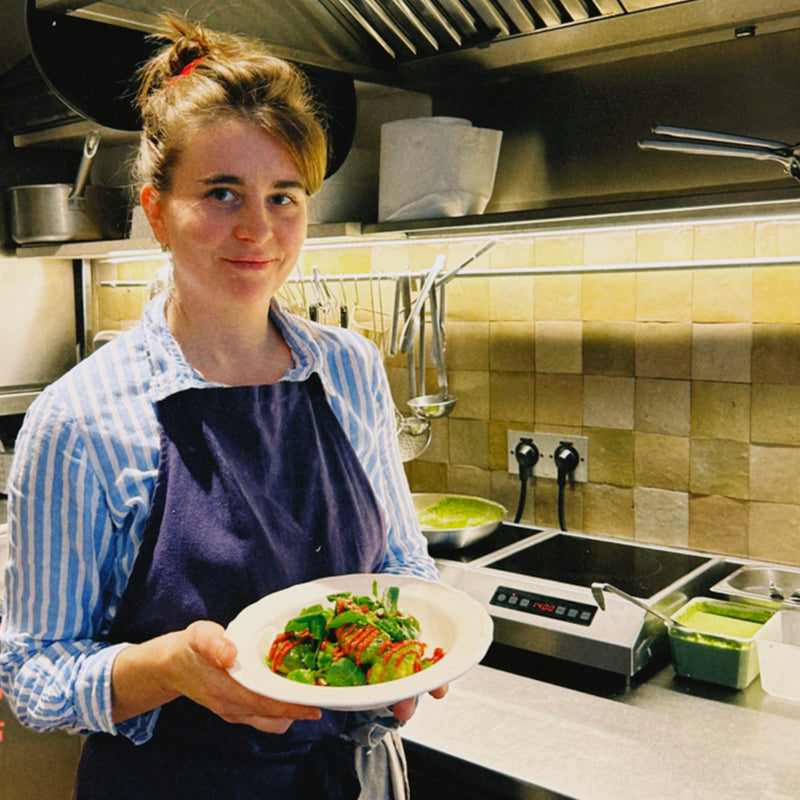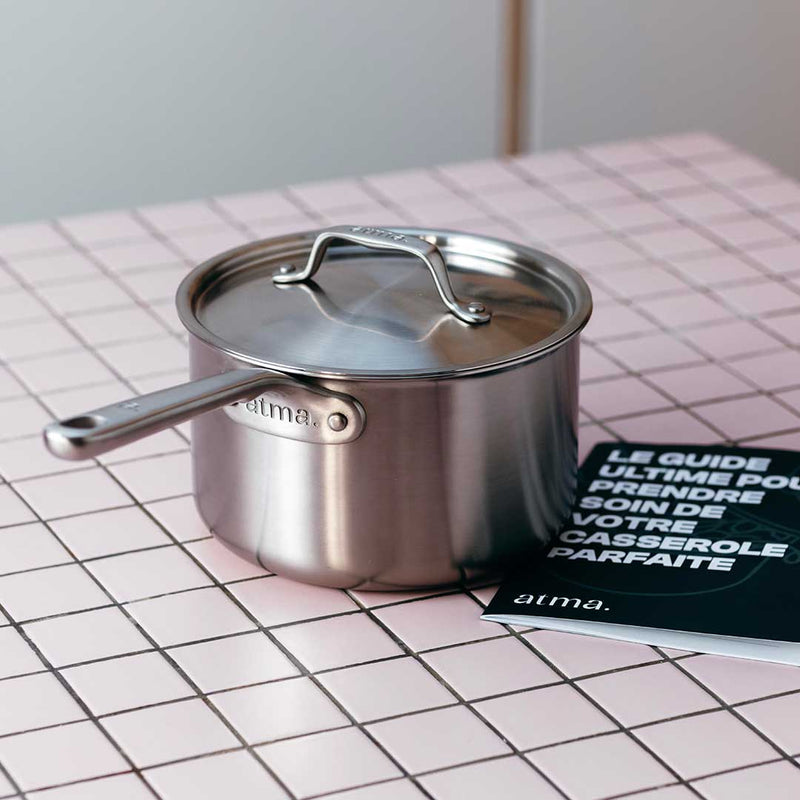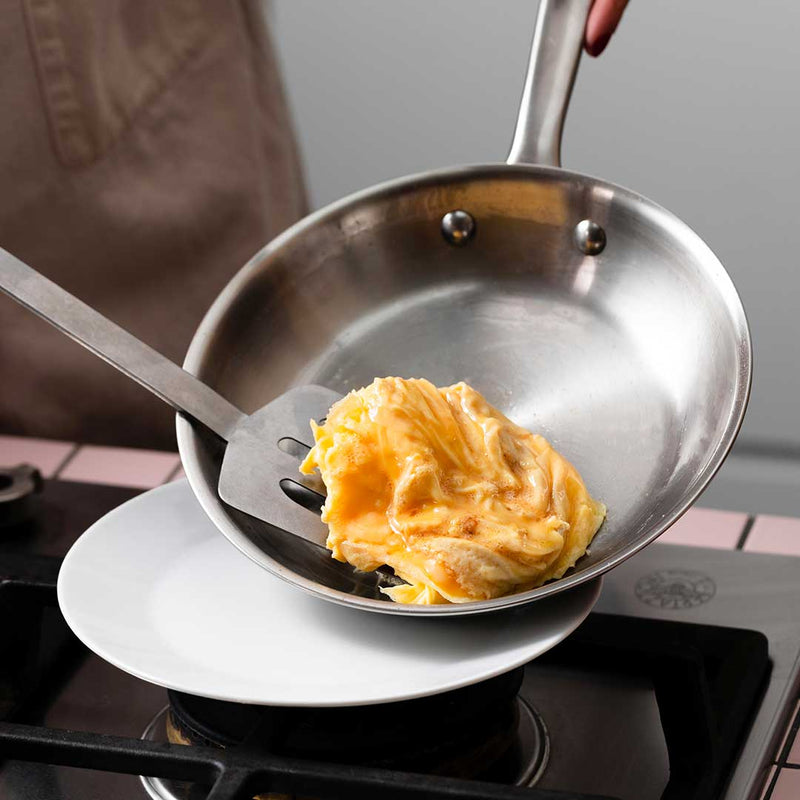How to maintain your wooden cutting board?
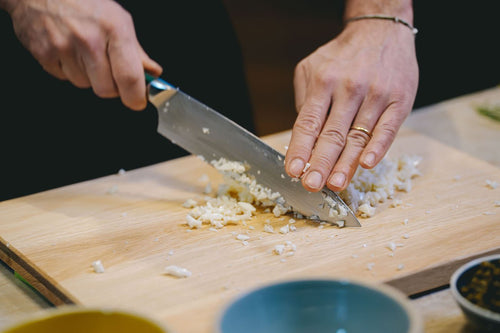
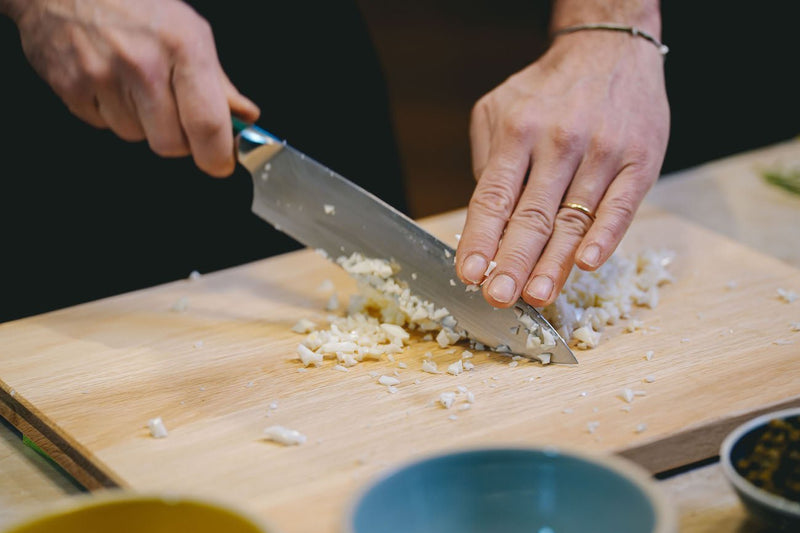

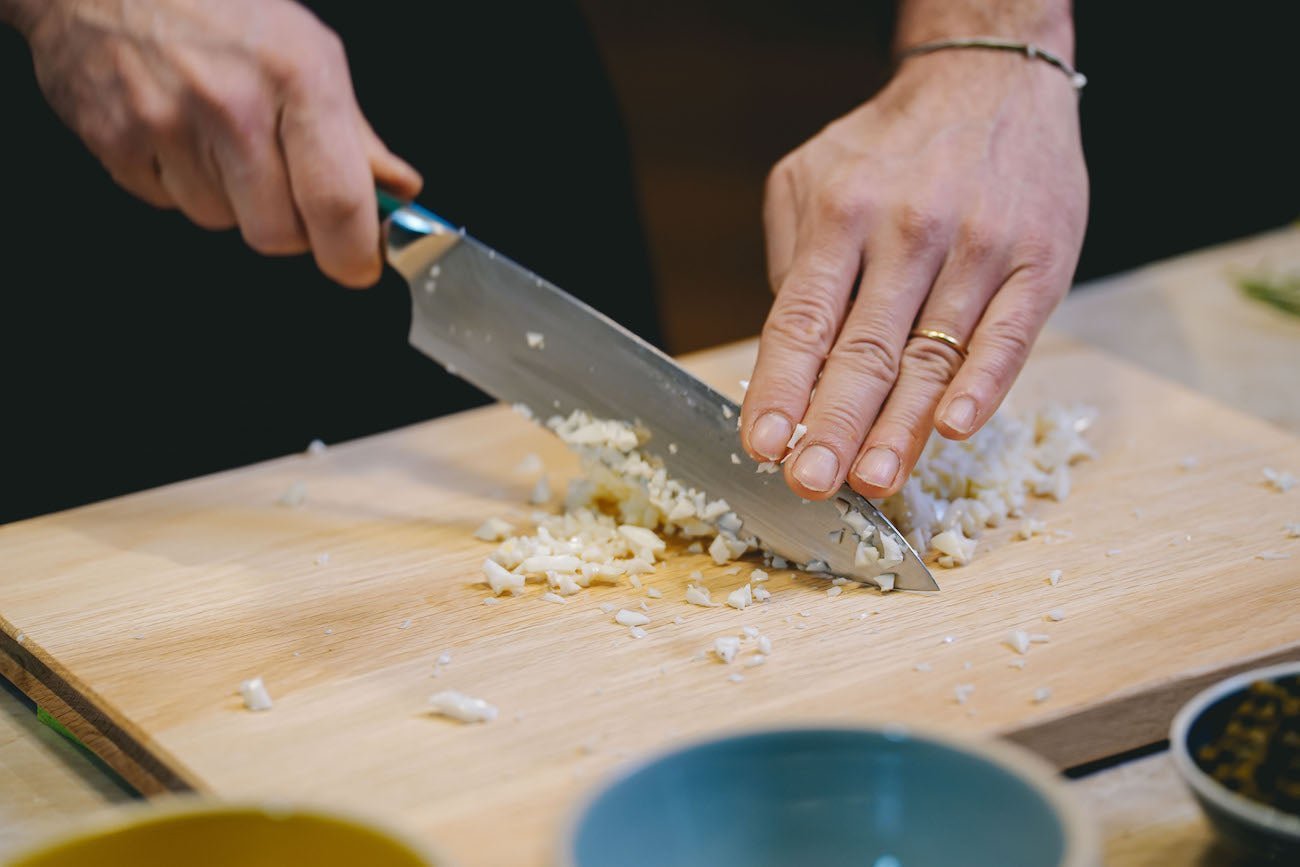




A crack in your wooden cutting board can happen quickly. The reason is simple: wood works, because it's a living material. So far, nothing new under the coconut trees.
Your board could therefore crack and split at any moment. It's annoying because it's unsightly and impractical, but it can also harbor bacteria.
So how can you prevent your board from getting damaged?
There's no secret: to keep your wooden board healthy, it needs regular maintenance. We'll tell you everything you need to know about maintaining your cutting board.
Daily maintenance: cleaning after use.
To begin with, one rule must be followed: daily maintenance of your cutting board.
To do this, it's not rocket science. You simply need toclean it thoroughly with a dish brush or sponge before rinsing it thoroughly. Dish soap is not required. However, it is strongly recommended after your board has been used for cutting raw meat, poultry, or fish.
After this, you mustimmediately wipe the board with a cloth before placing it vertically against a wall, so that it can dry thoroughly. Leaving it wet will cause the wood to warp, and your board could warp.
Finally, it isstrongly recommended not to put your board in the dishwasher. Contact with very hot water can cause the wood to crack or mold.
Oiling a Wooden Cutting Board
Cleaning your board thoroughly is necessary, but not sufficient. You also need to take the time to nourish the wood: and nothing beats oiling your board.
1. Preparing Your Board for Oiling: The Deep Dive
To oil your board, it's important that it bethoroughly cleaned with dish soap, this time. Then, simply rinse and dry your kitchen board thoroughly so that it can absorb the oil.
2. Oil Your Board Effectively
A little oil is all it takes to work wonders. Even if your board is cracked, a little oil will help the wood heal and provide a protective layer.
When oiling your board, it's advisable not to use just any oil, but rather to opt foran odorless and tasteless oil. You can opt forso-called drying oils such as linseed oil, hemp oil, or walnut oil.
What you should avoid, however, is olive oil. The latter will tend to dirty the board and make it sticky.
A conditioner for your cutting boards: beeswax
Not mandatory, but highly recommended, it is possible to take one last step to care for the wood of your board. You can coat your board with beeswax. This treatment will createan additional layer of protection against water, bacteria, and other stains.
Regular maintenance for iron health
Prevention is better than cure! To ensure your board lives its best life, it's a good idea to take the lead by performing certain long-term maintenance procedures. For example:
- It is recommended todeeply clean your board with lemon juice and salt every 2 to 4 months. This gentle treatment will restore the wood's strength.
- It is necessary tooil your board before using it for the first time.
By combining deep cleaning, daily cleaning, and oiling your wooden cutting board, you'll undoubtedly maximize its lifespan. From there to enjoying a single wooden cutting board for a lifetime, it's only a small step!
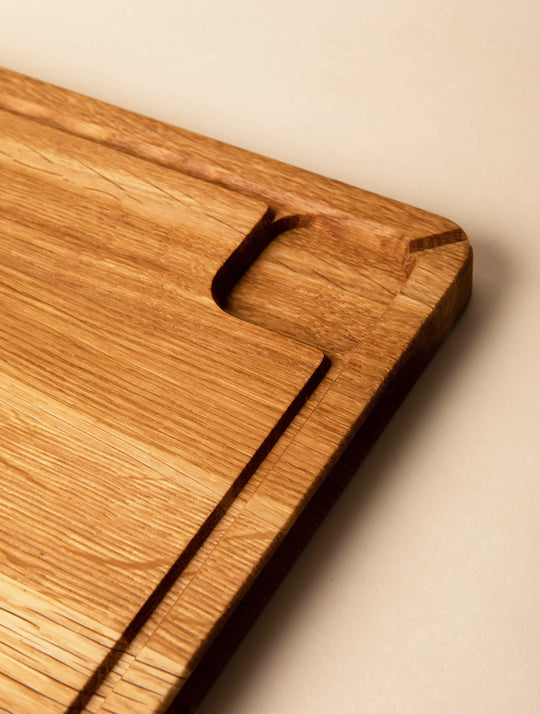

Discover our best sellers
By Romain De Bona




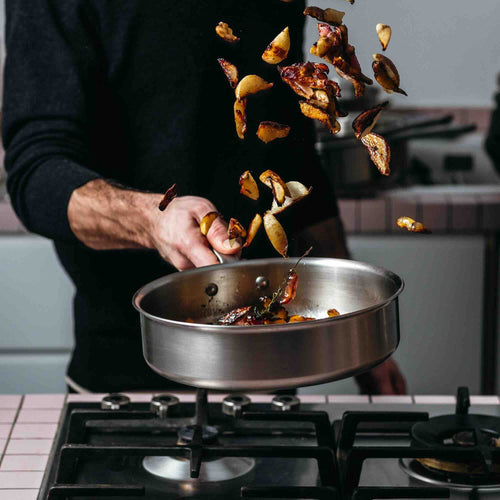

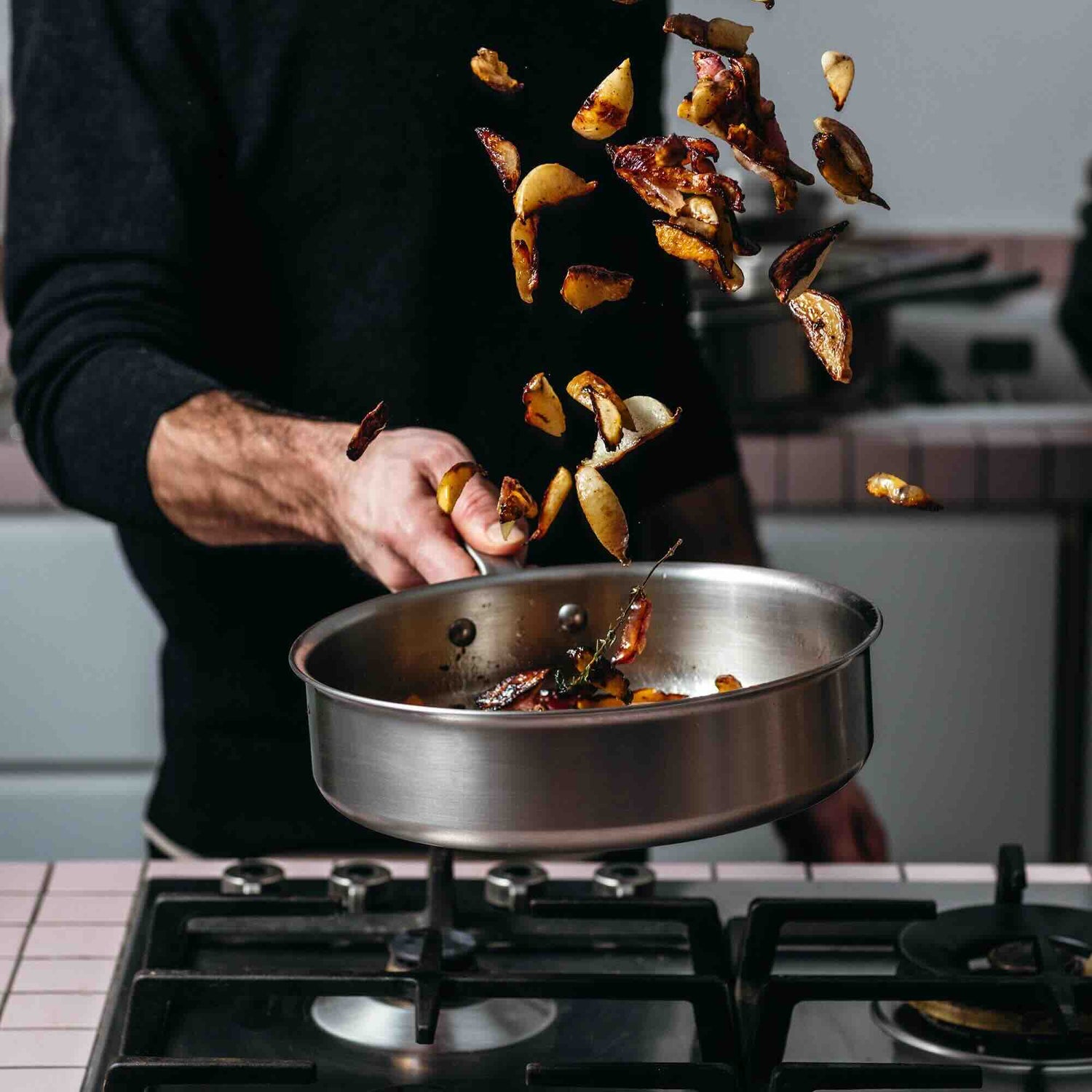
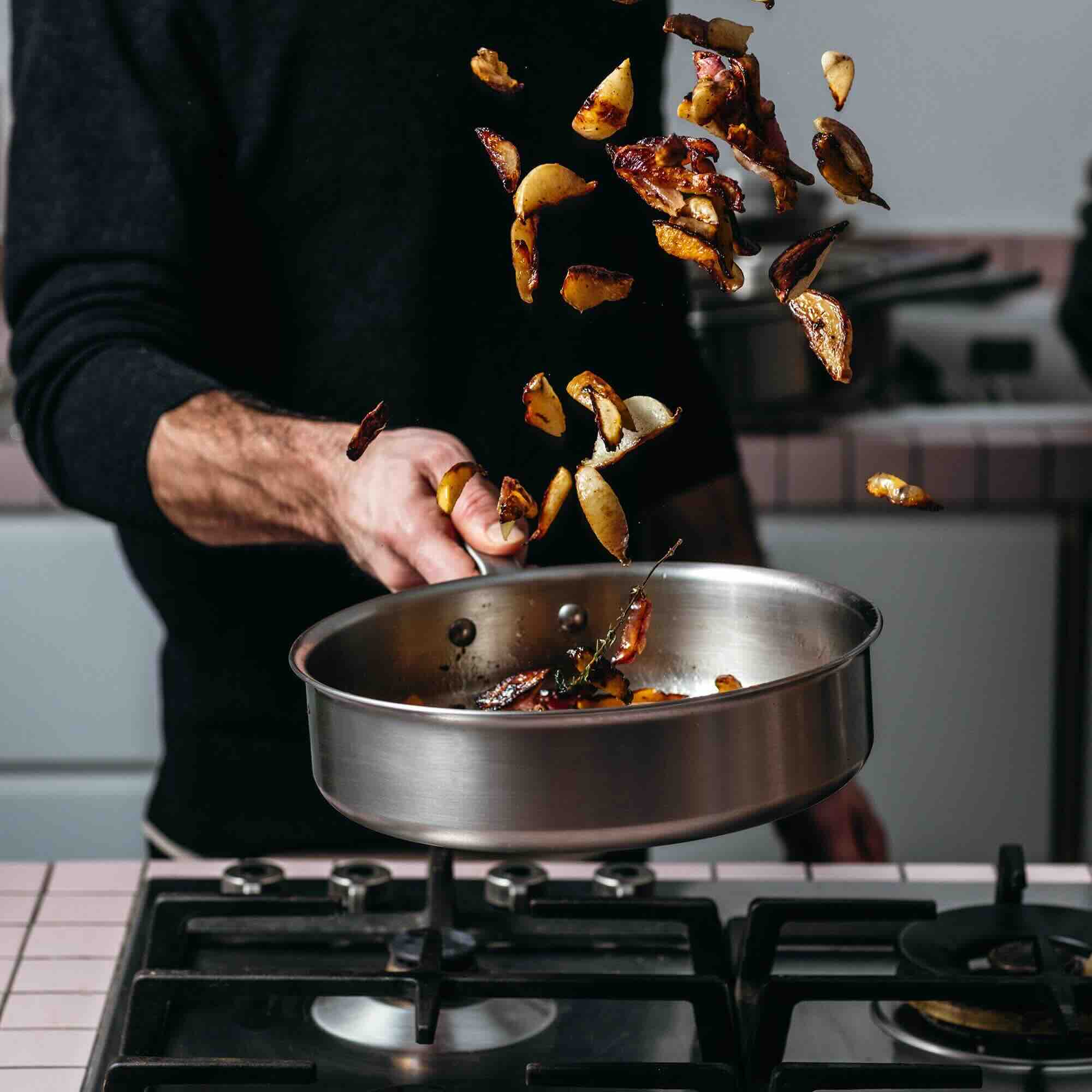
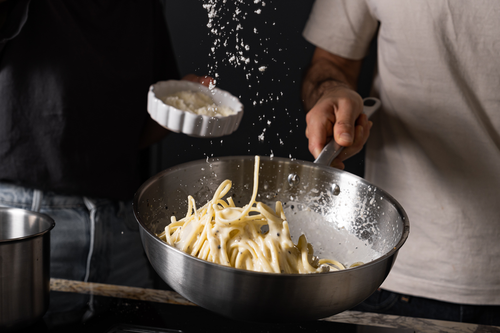
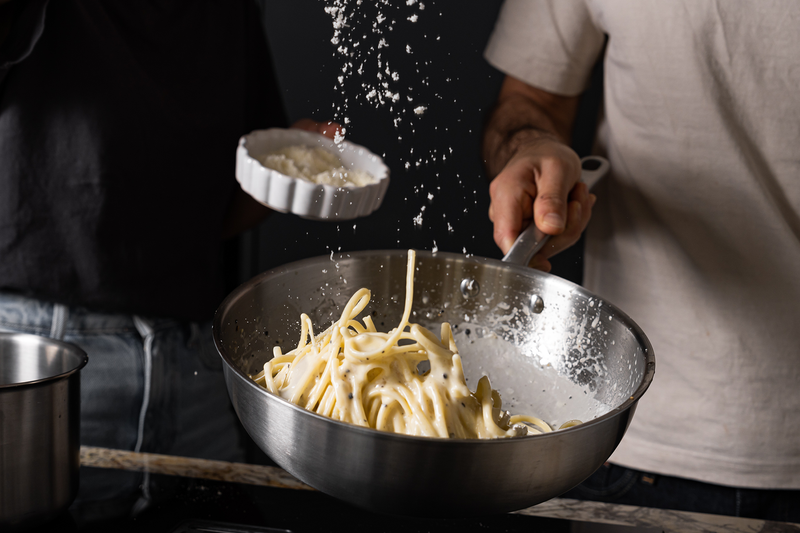
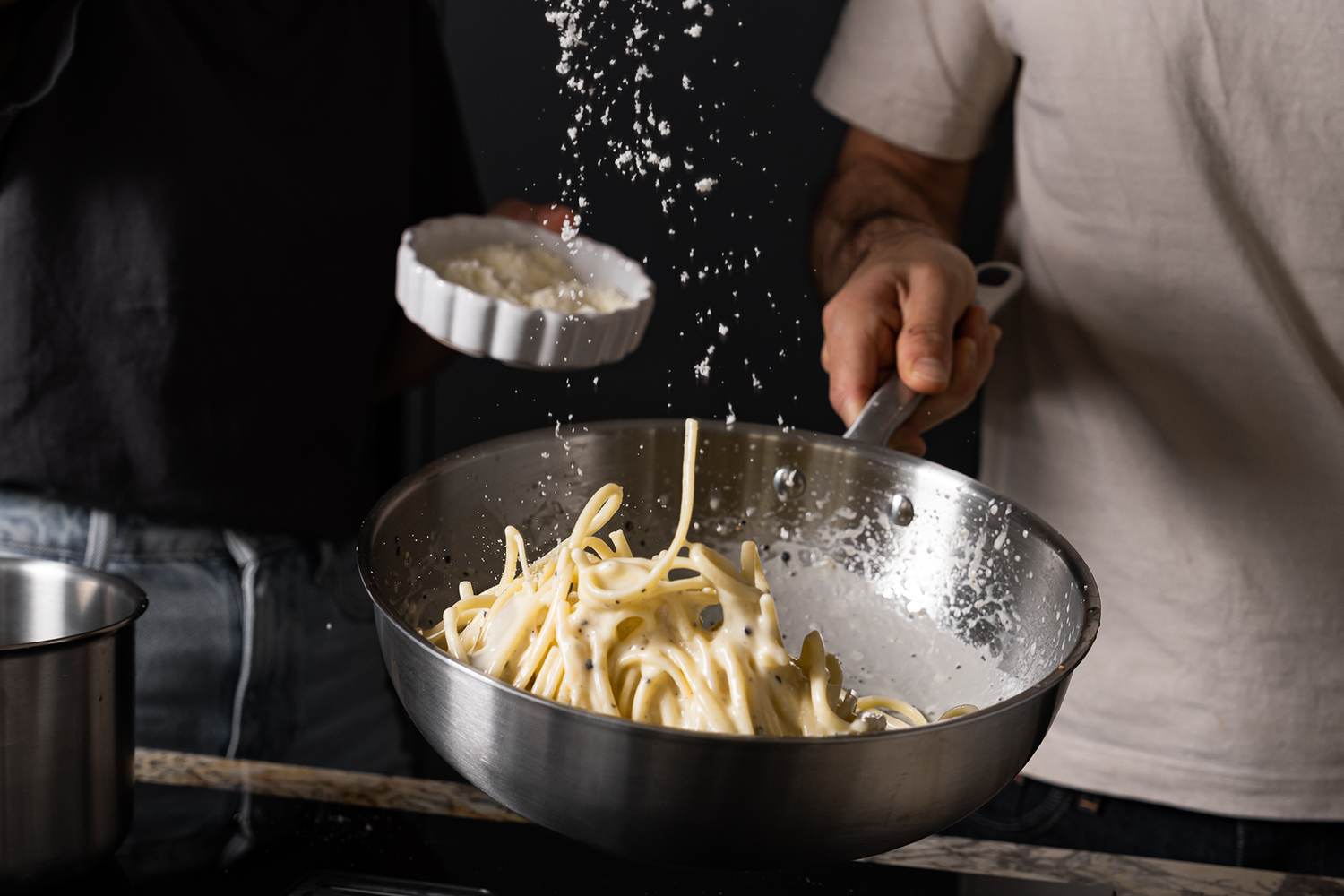
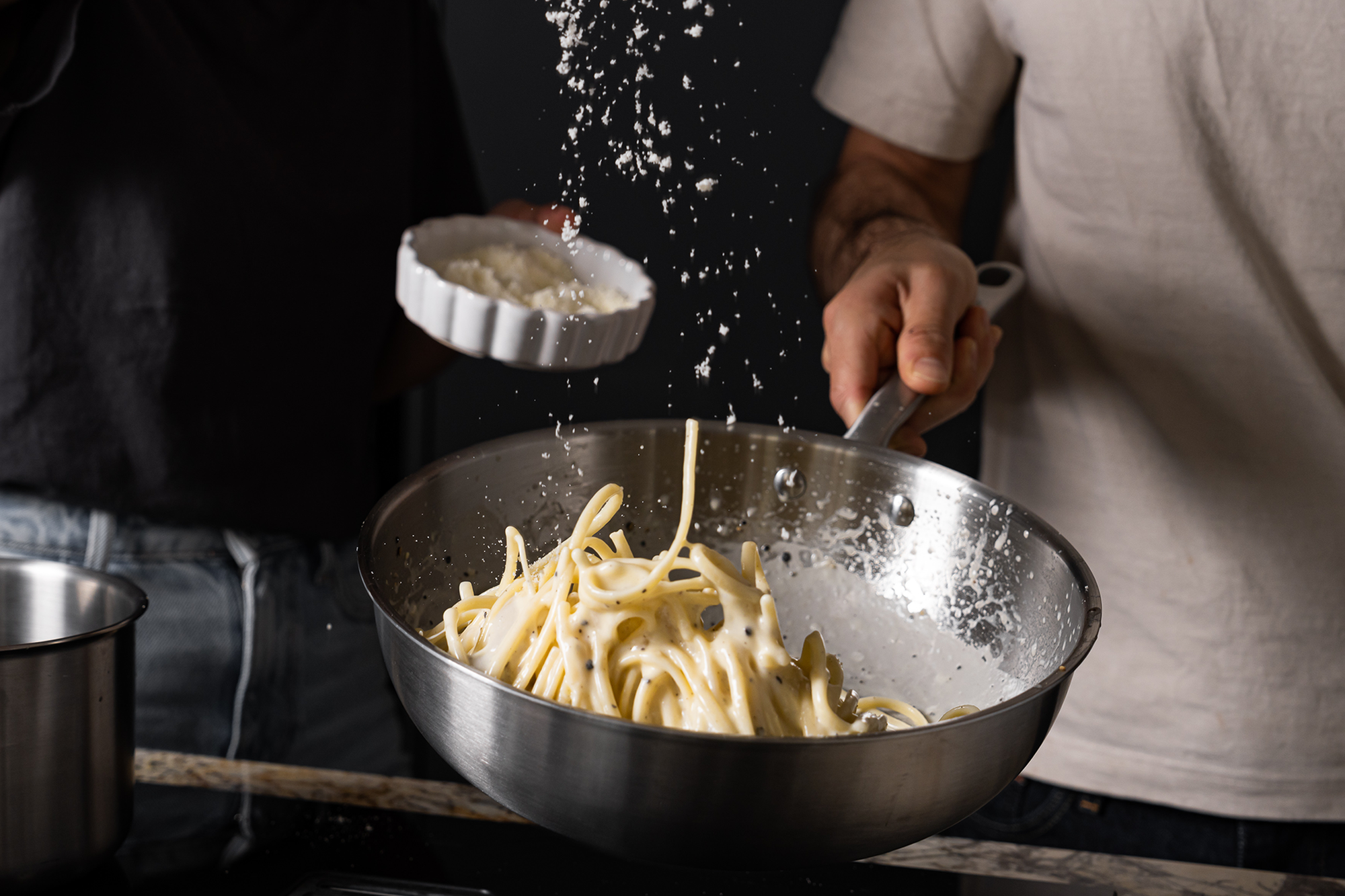
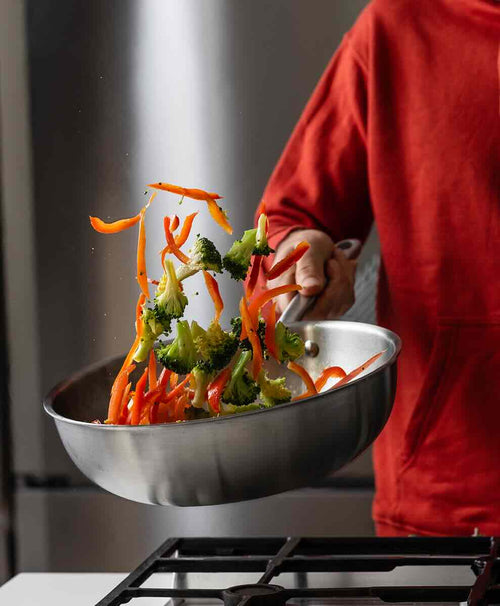
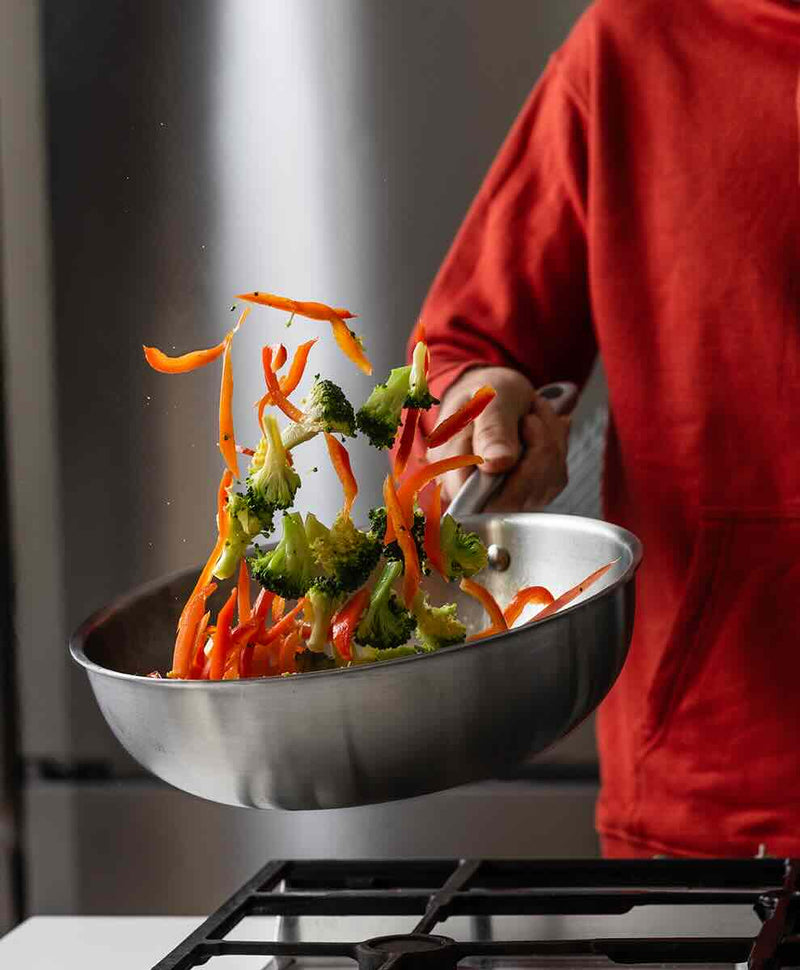
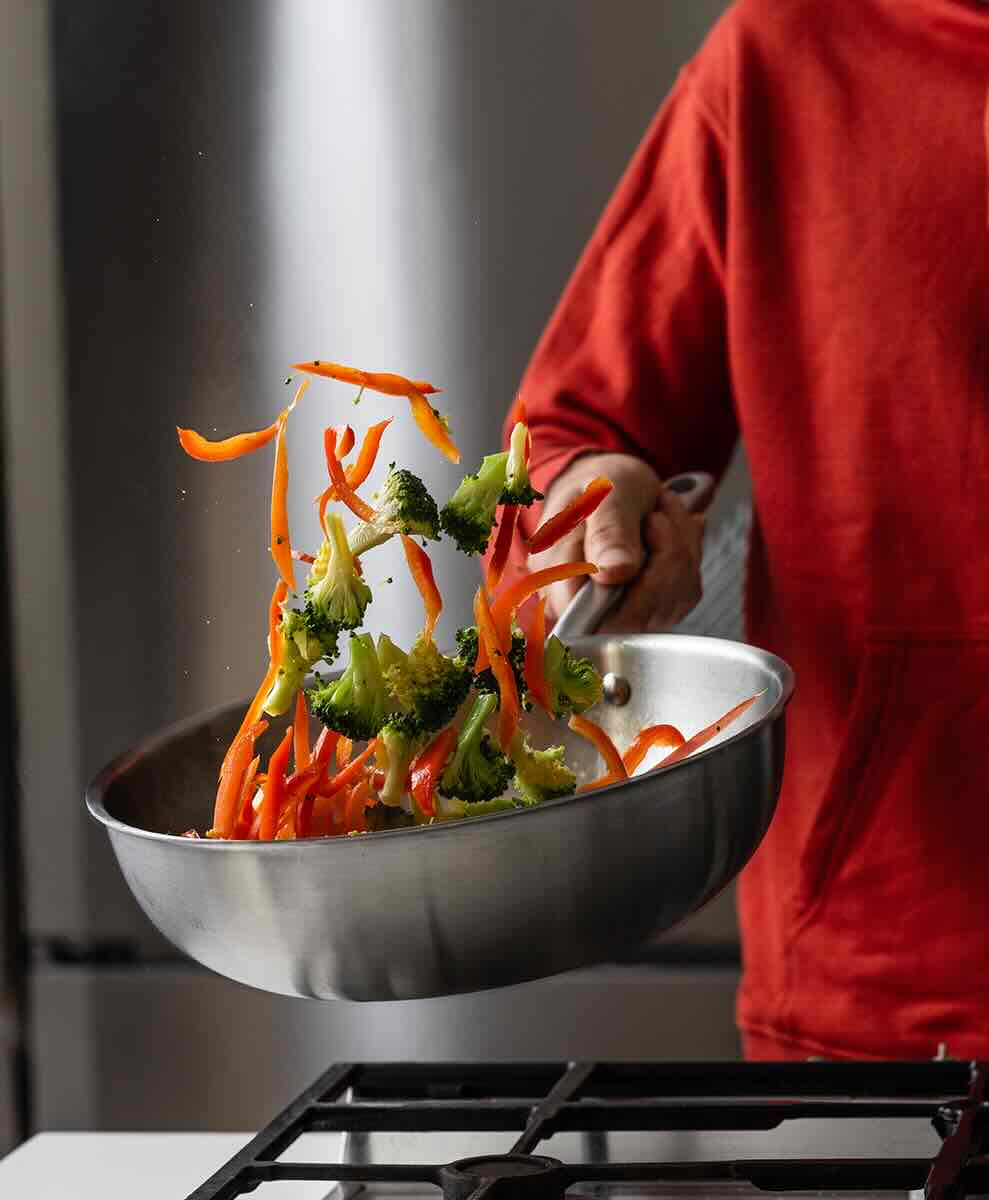
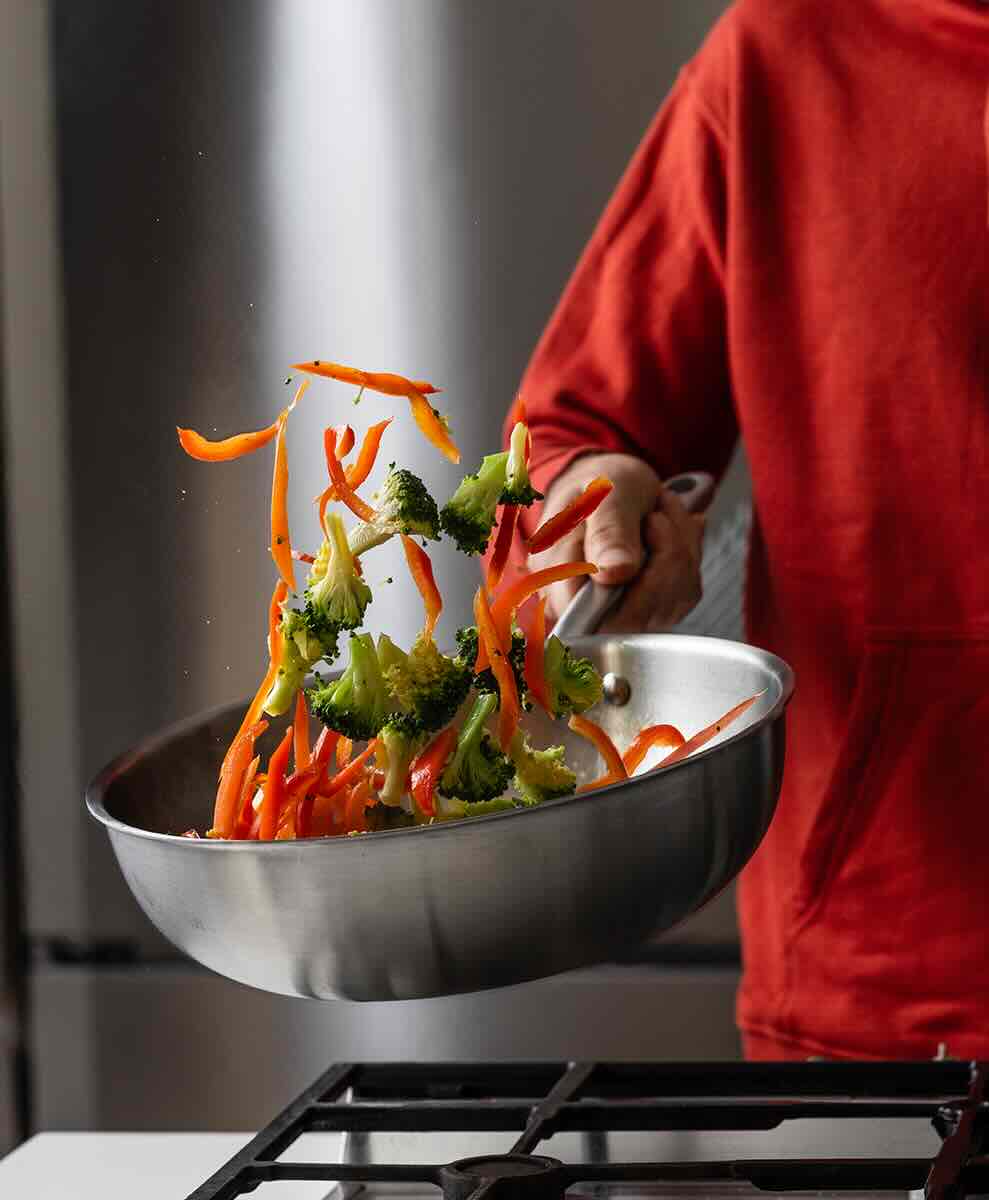
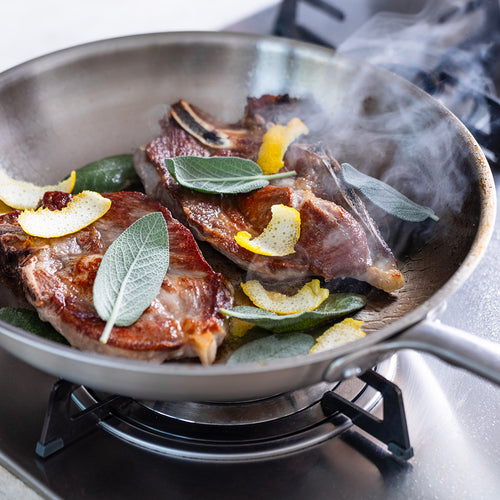

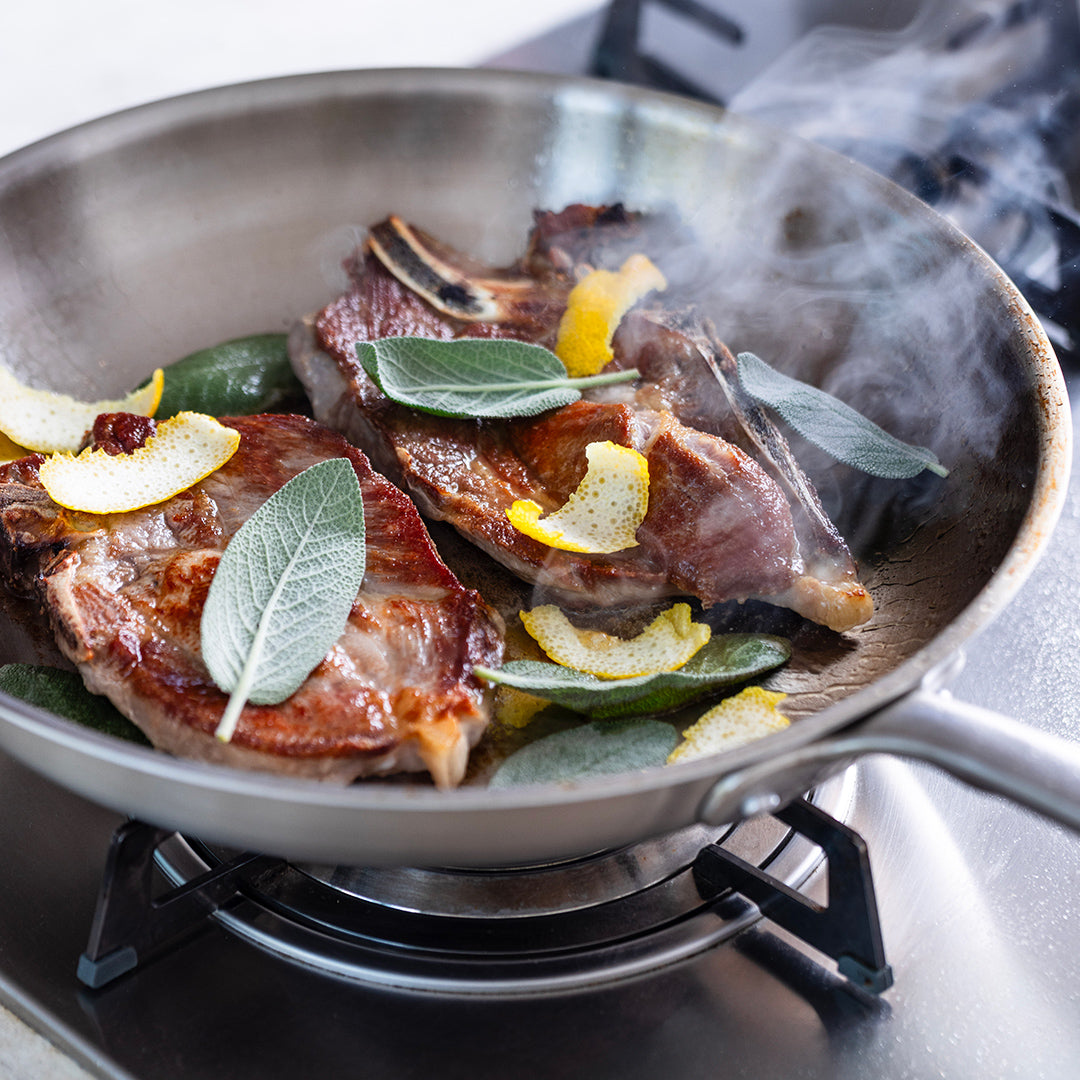

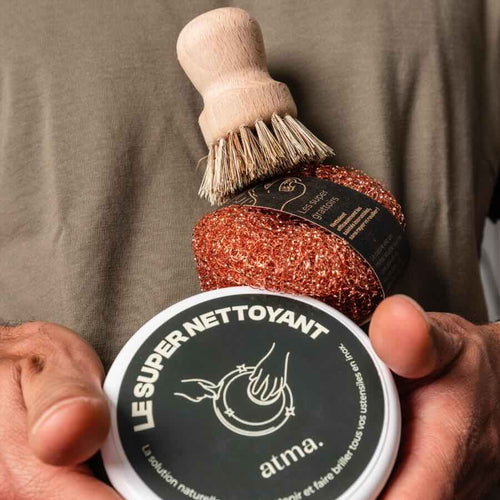
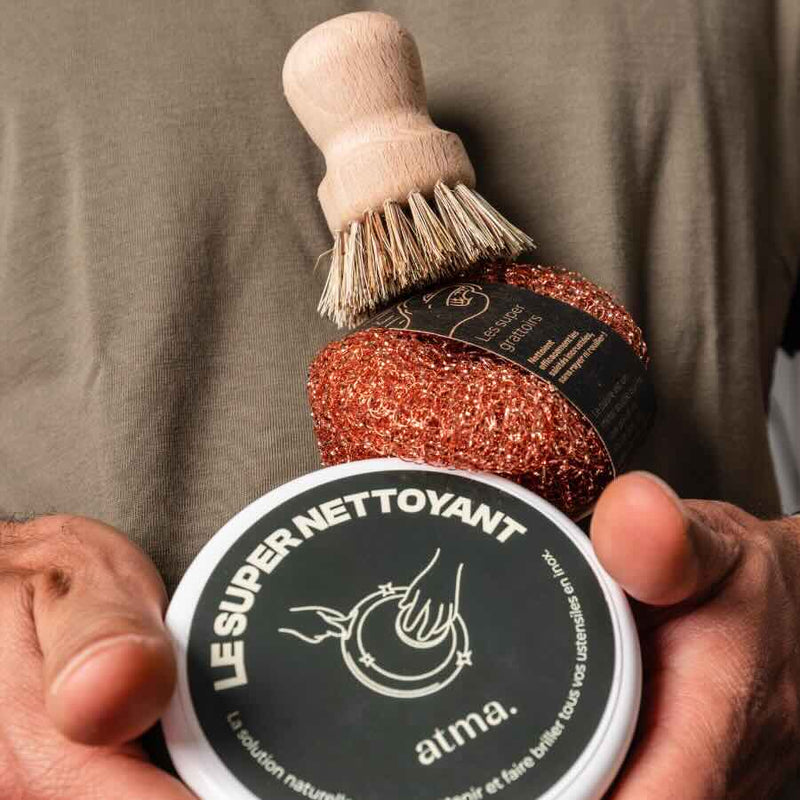
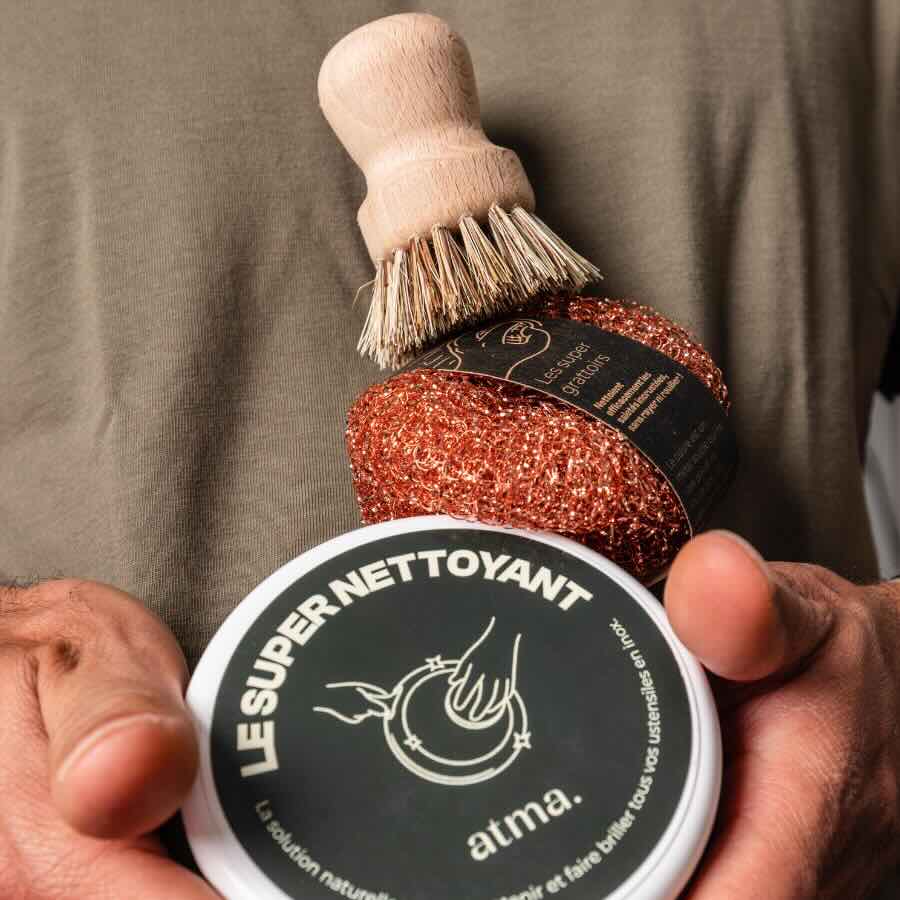
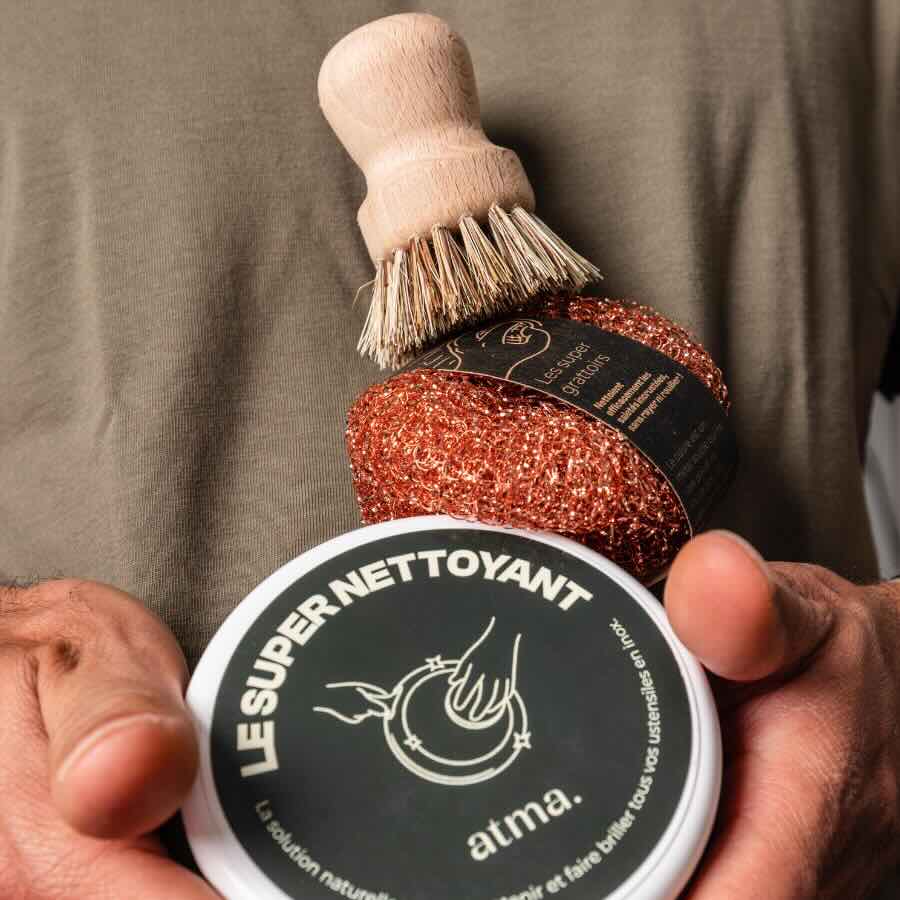

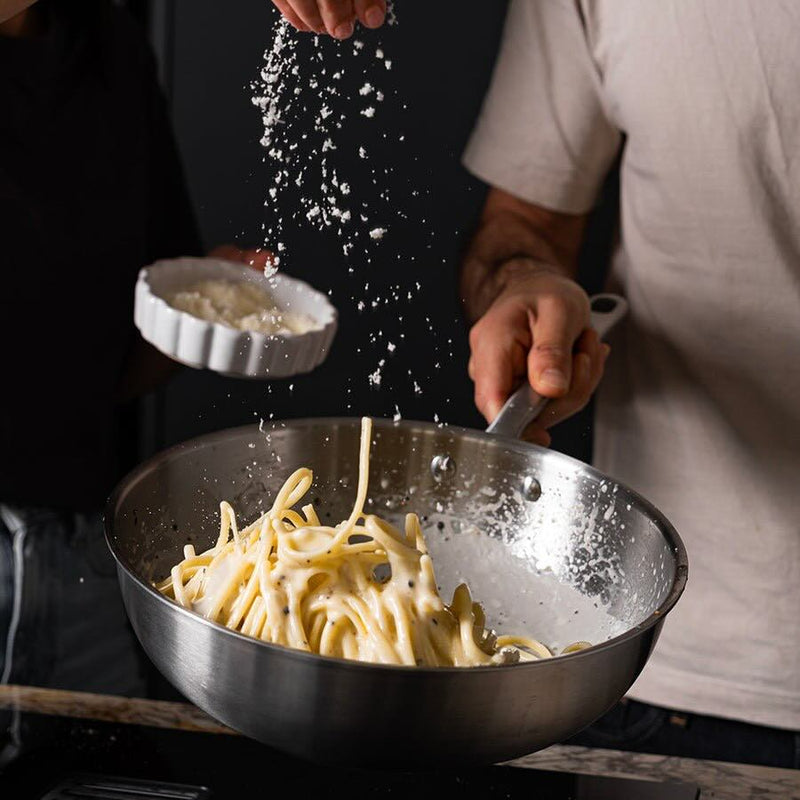
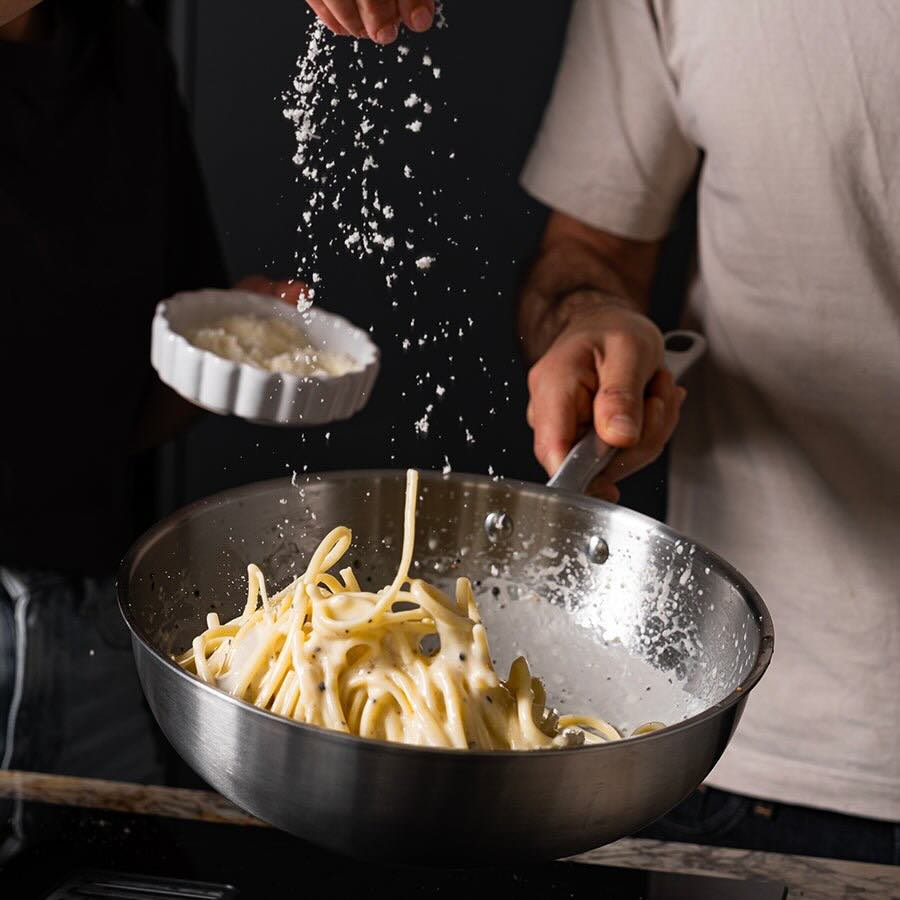


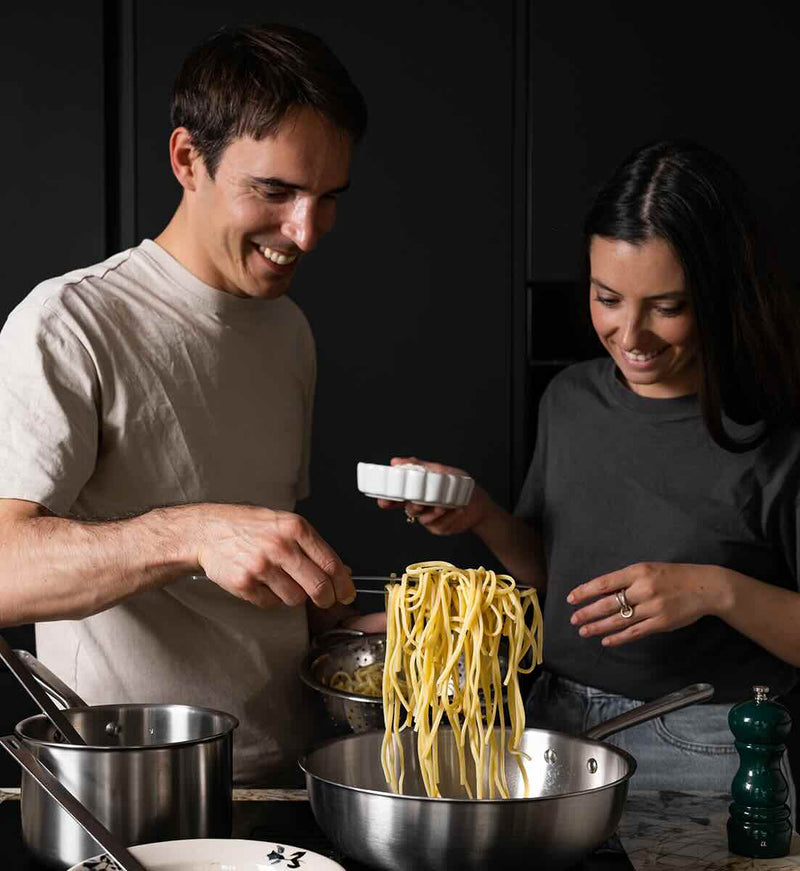
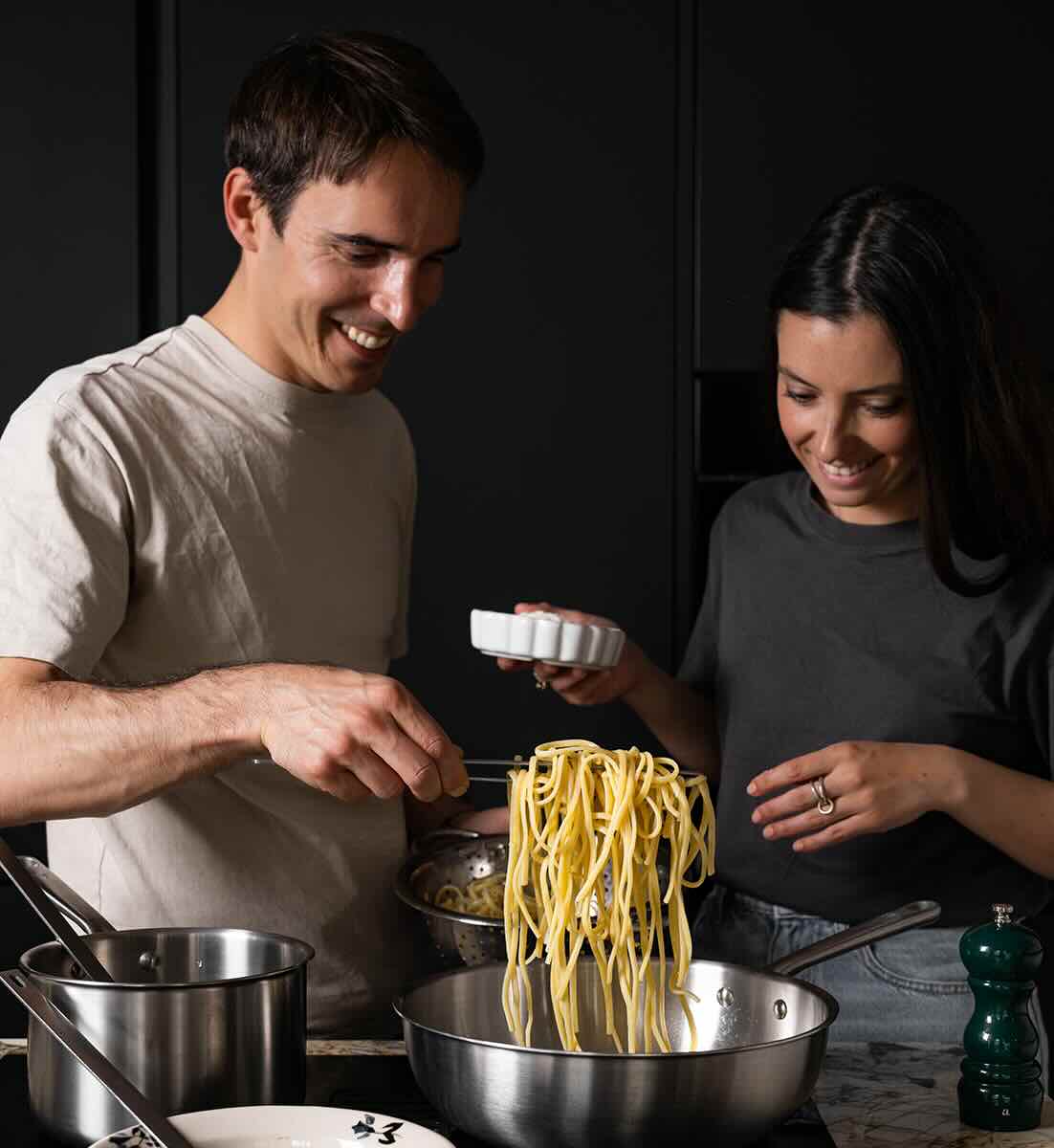
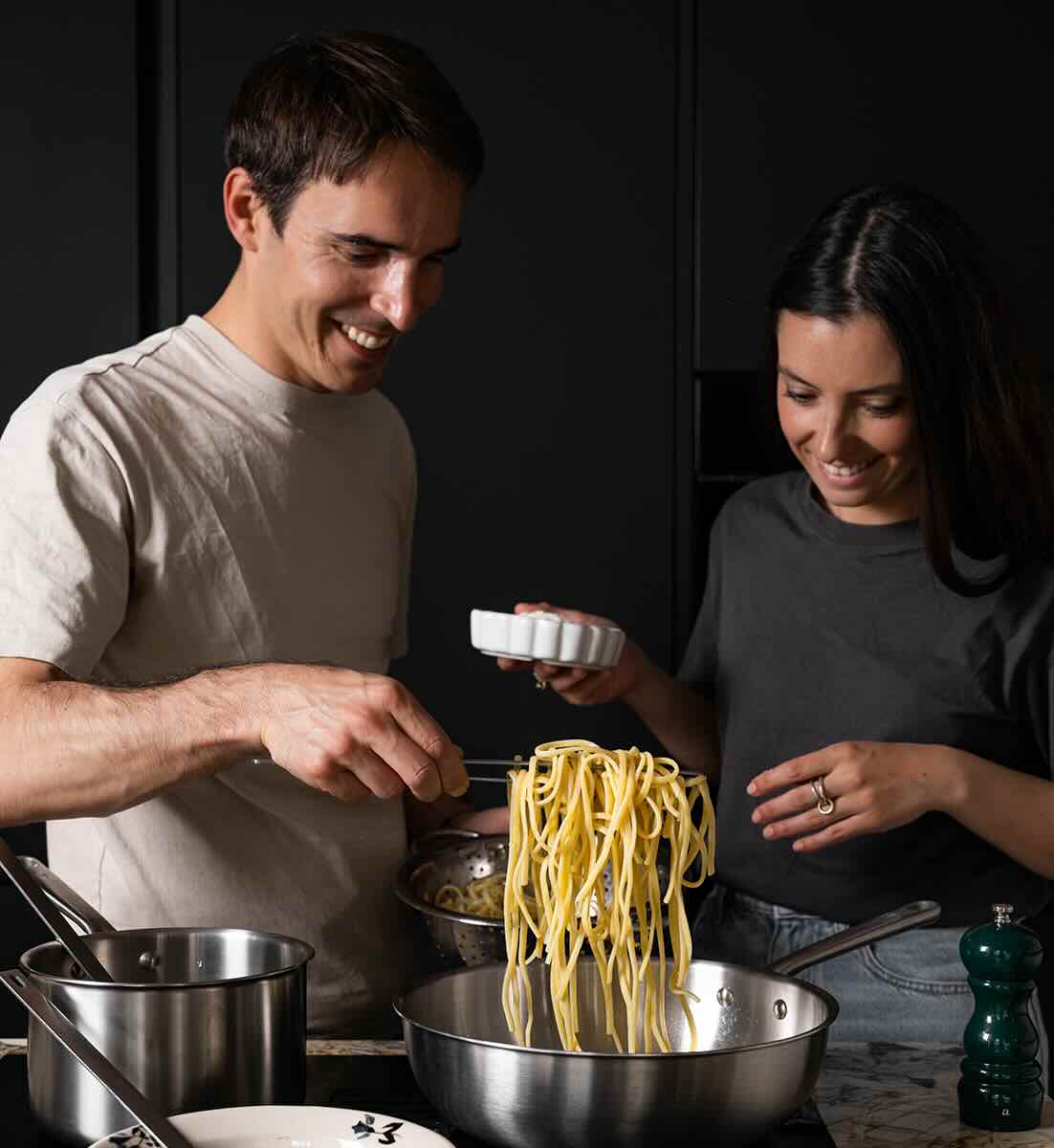


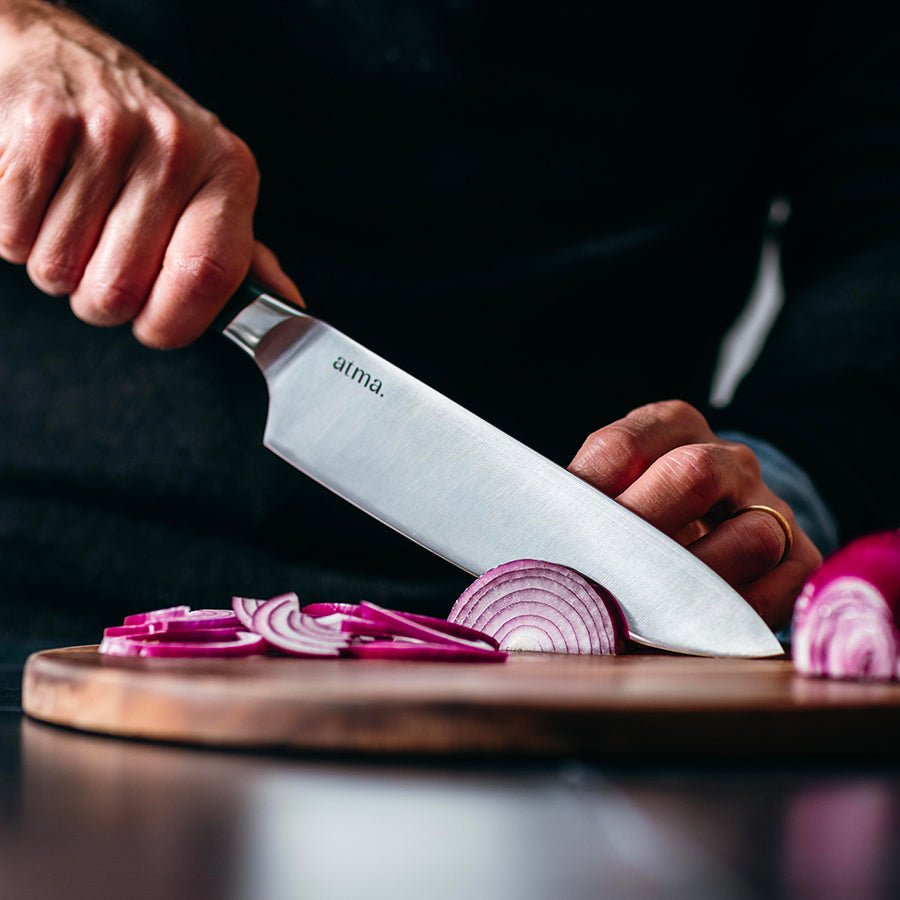
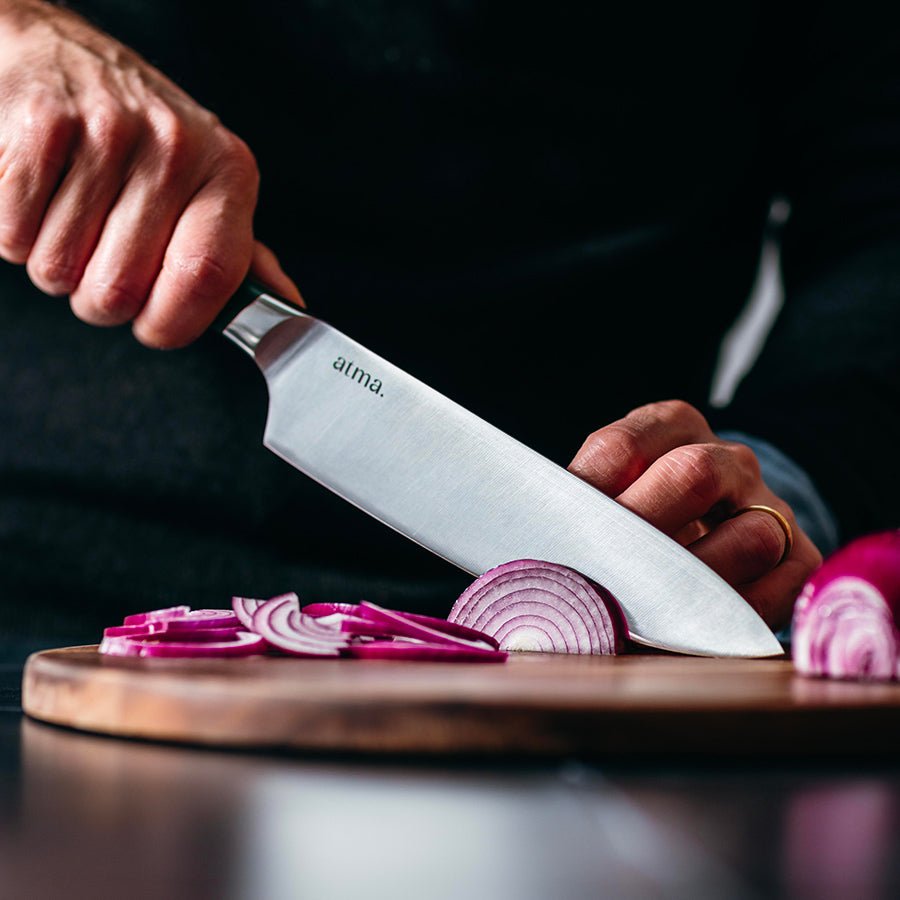

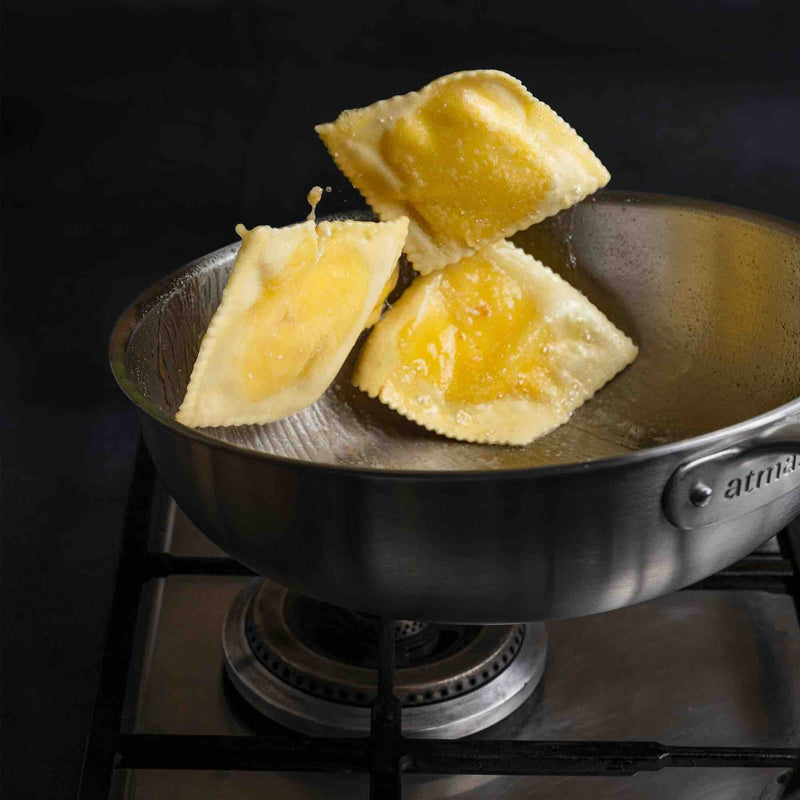
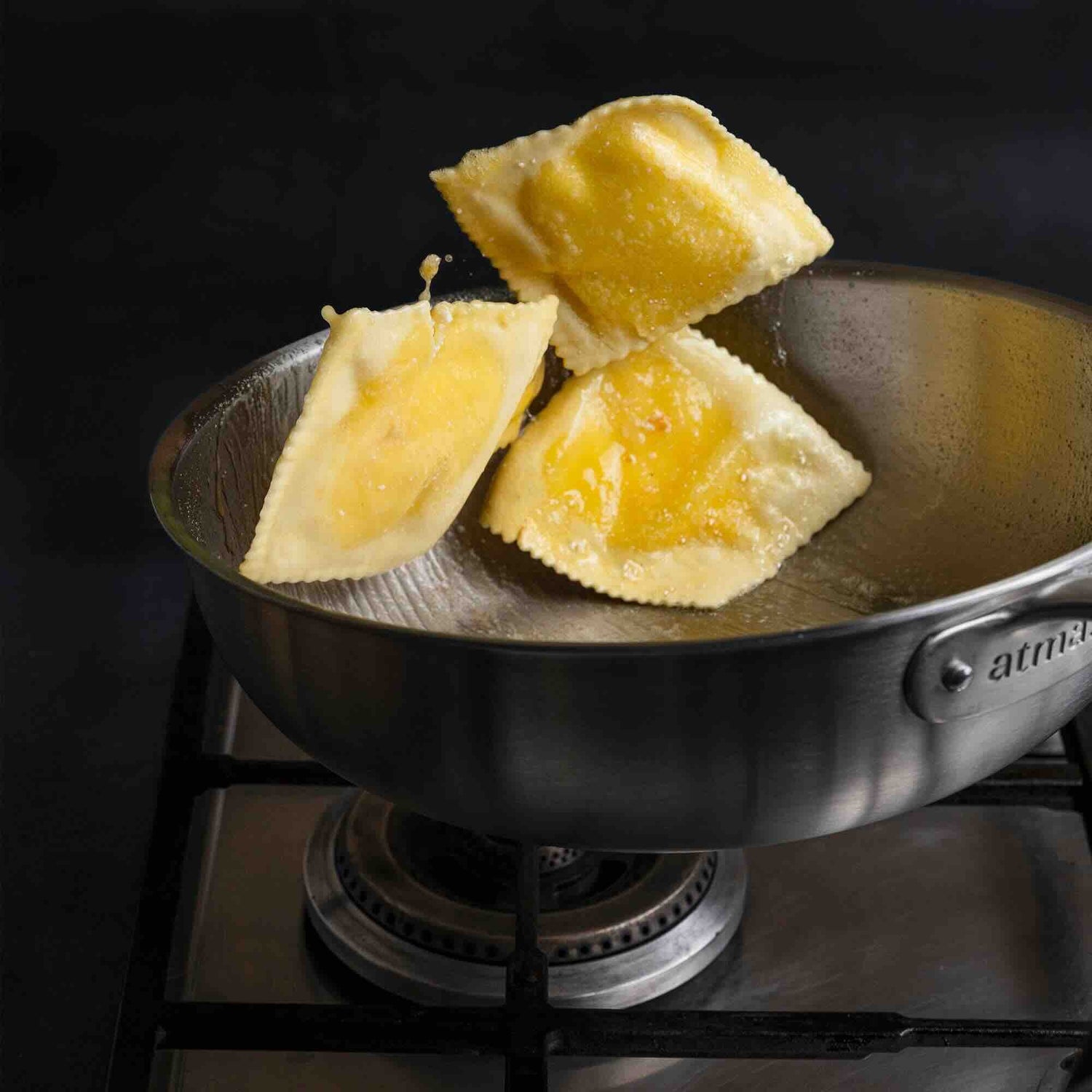
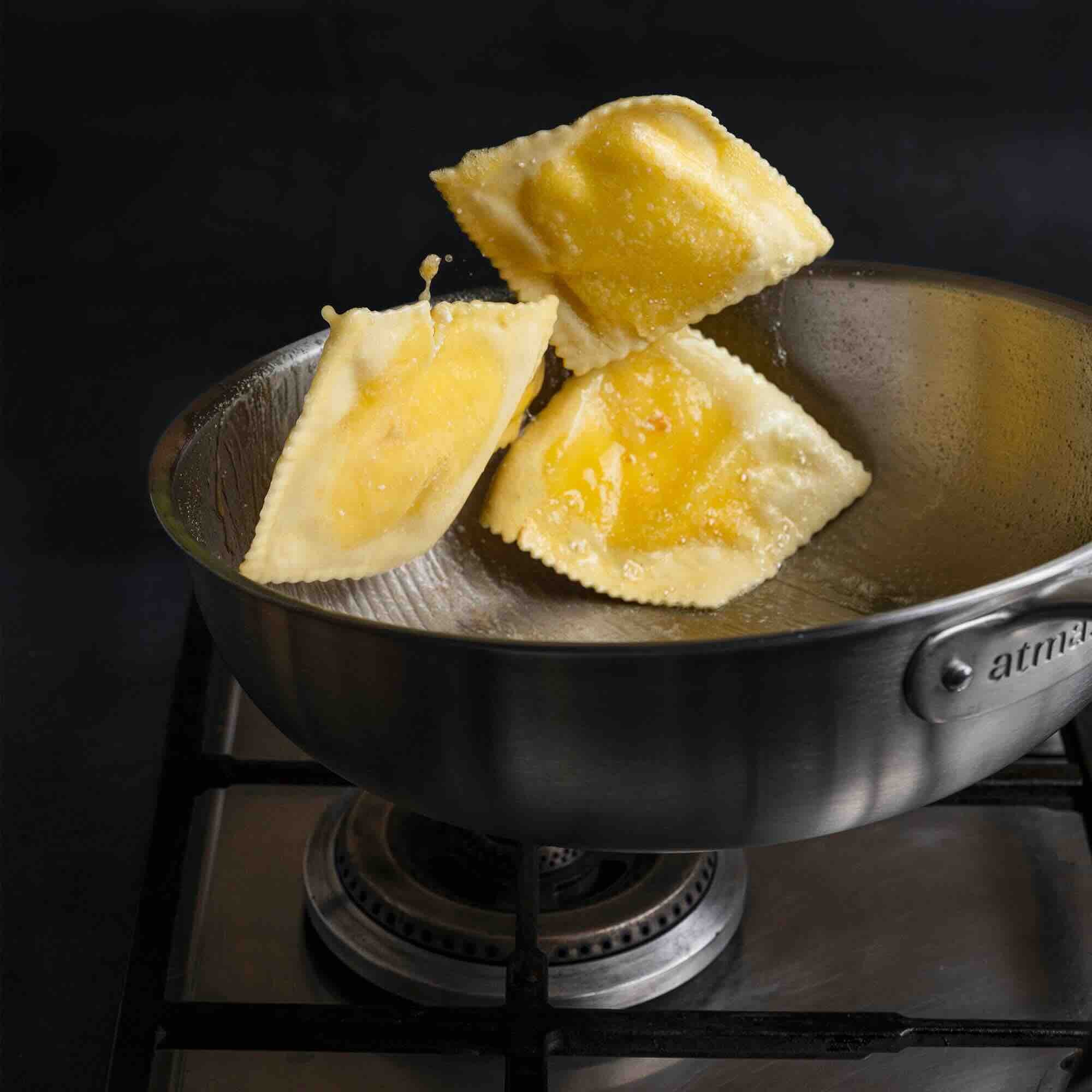




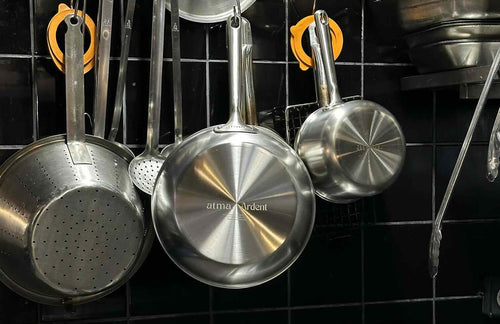

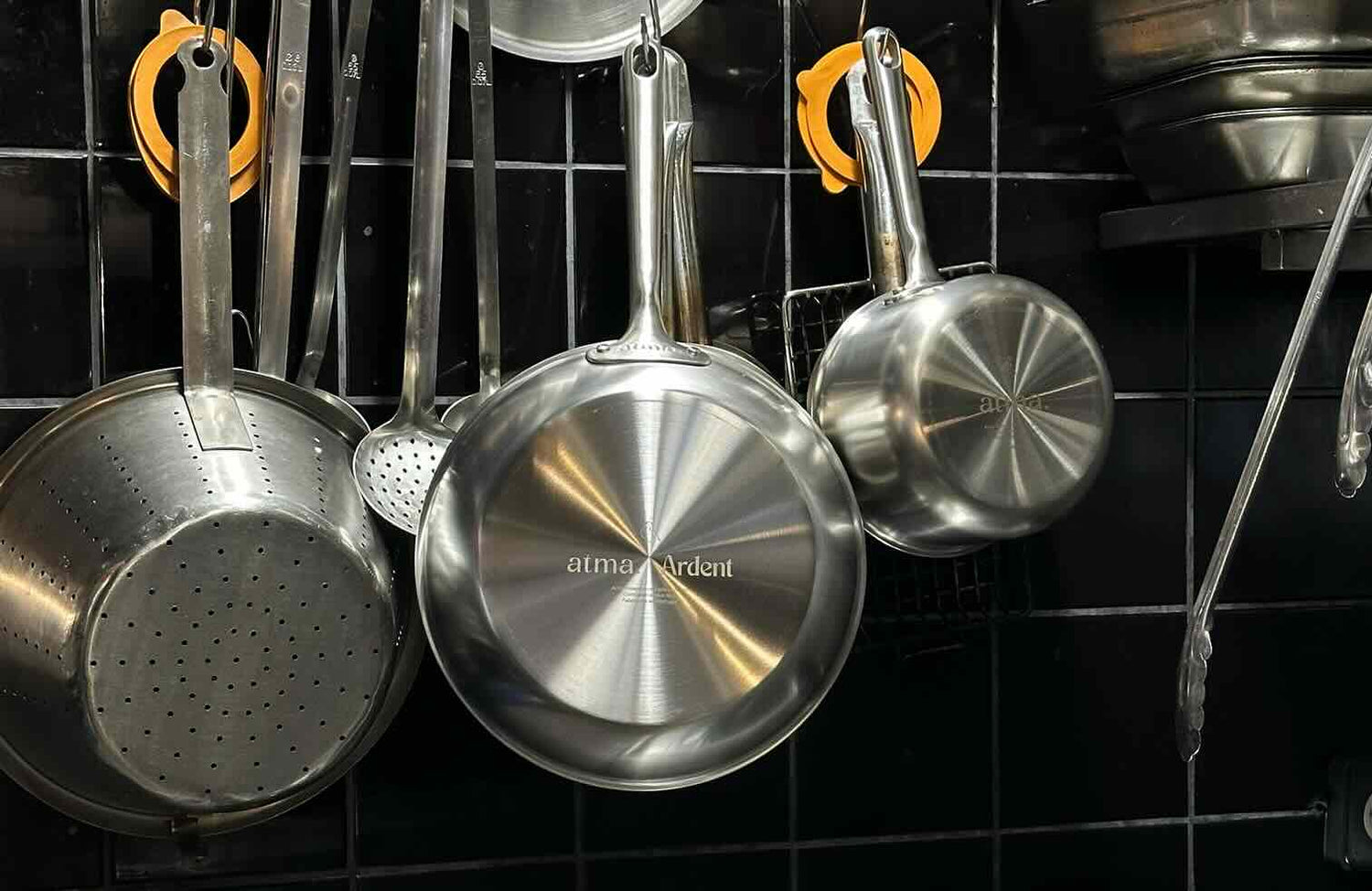
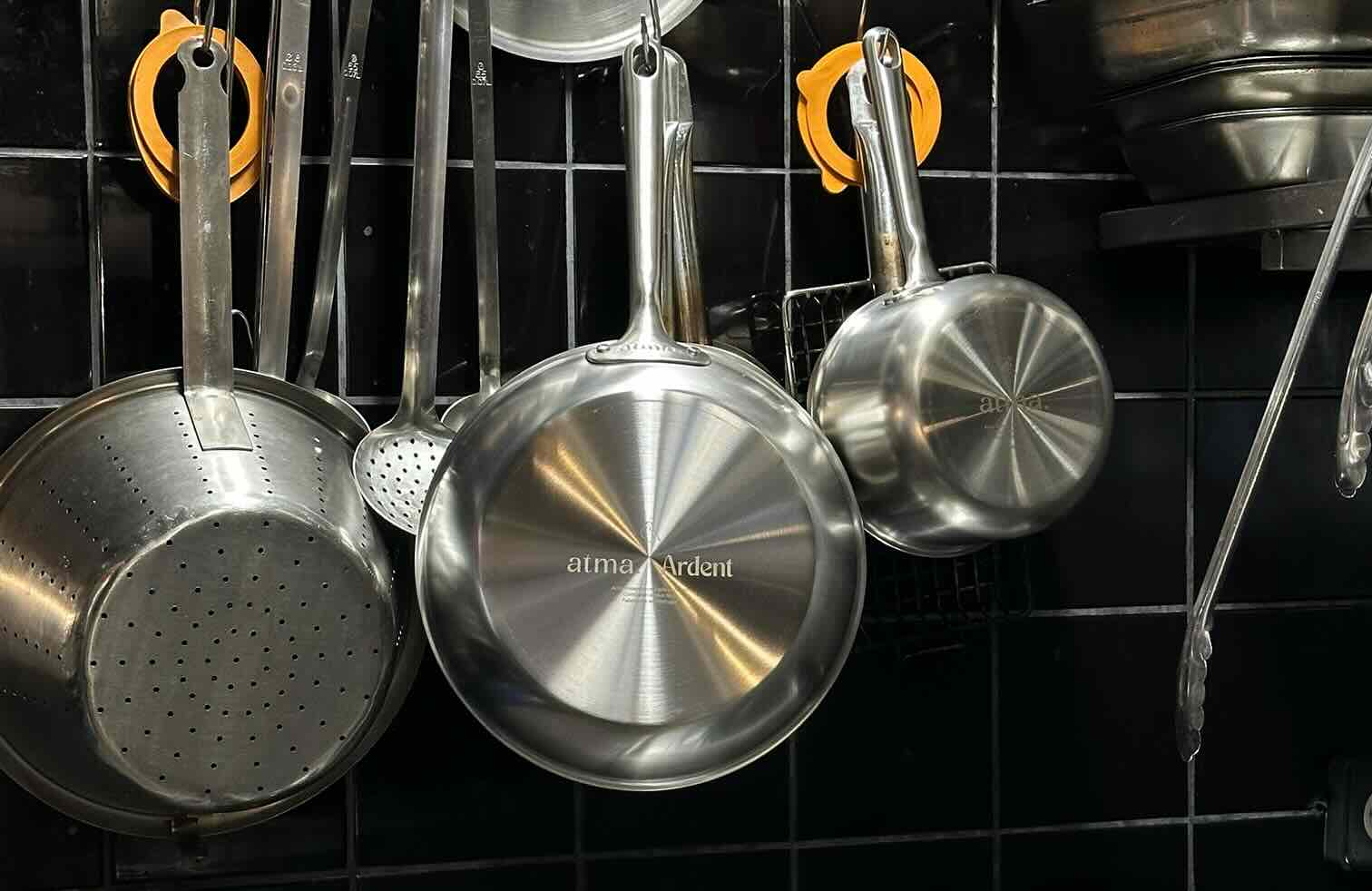

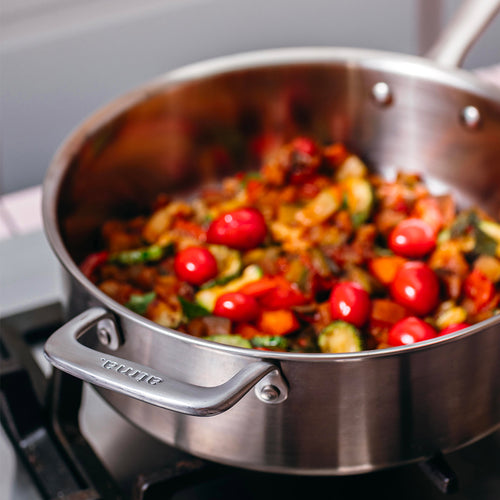
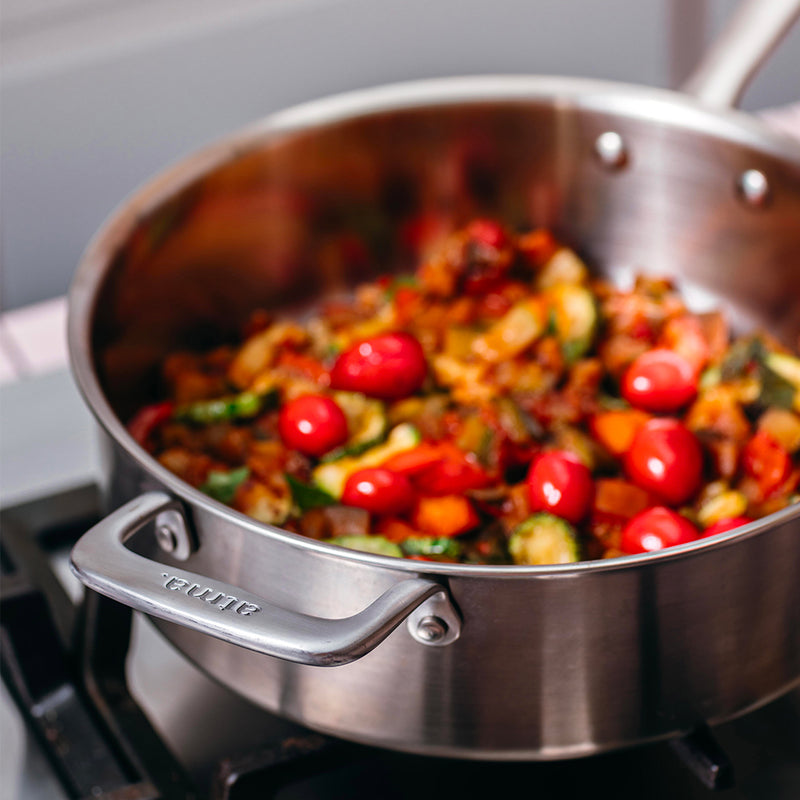
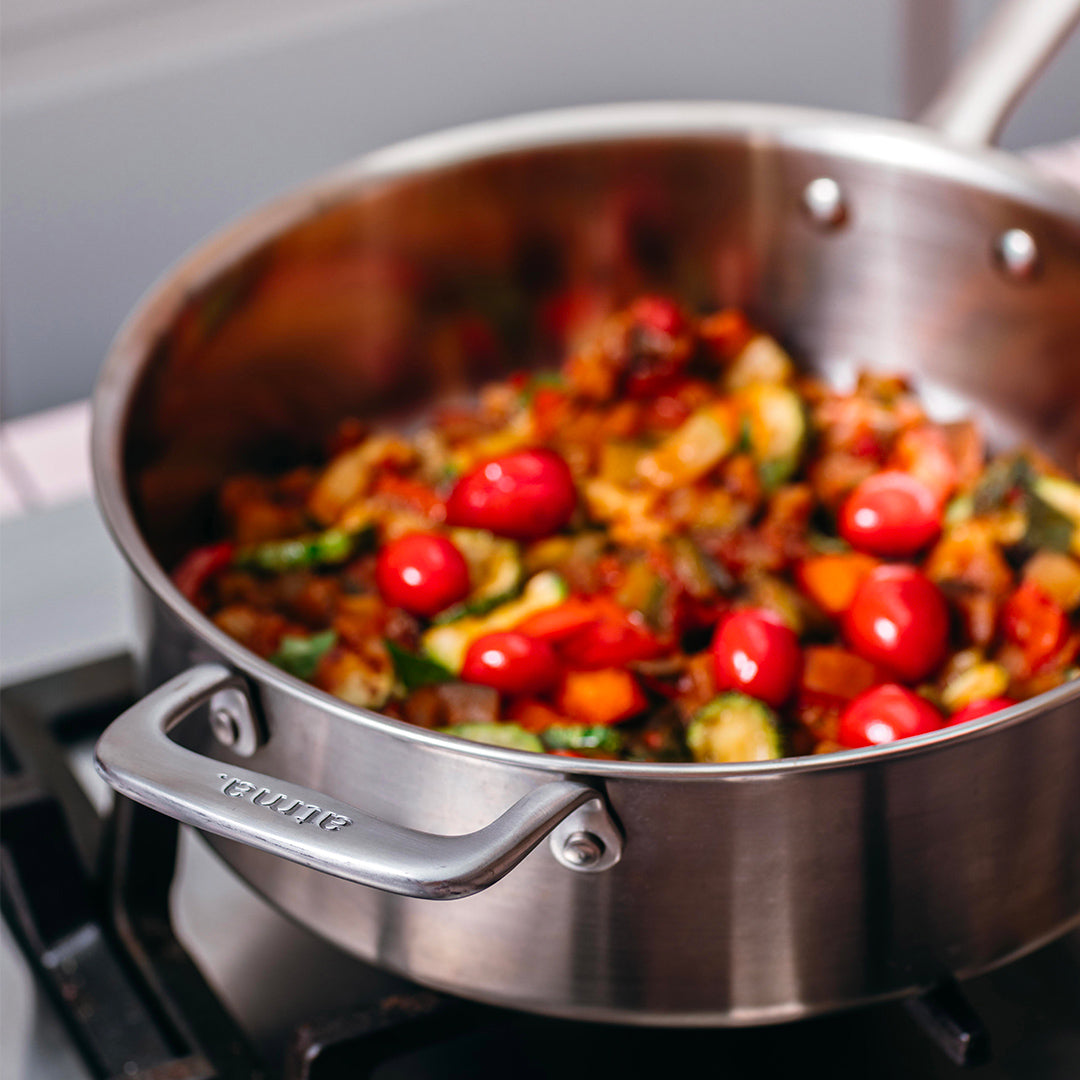
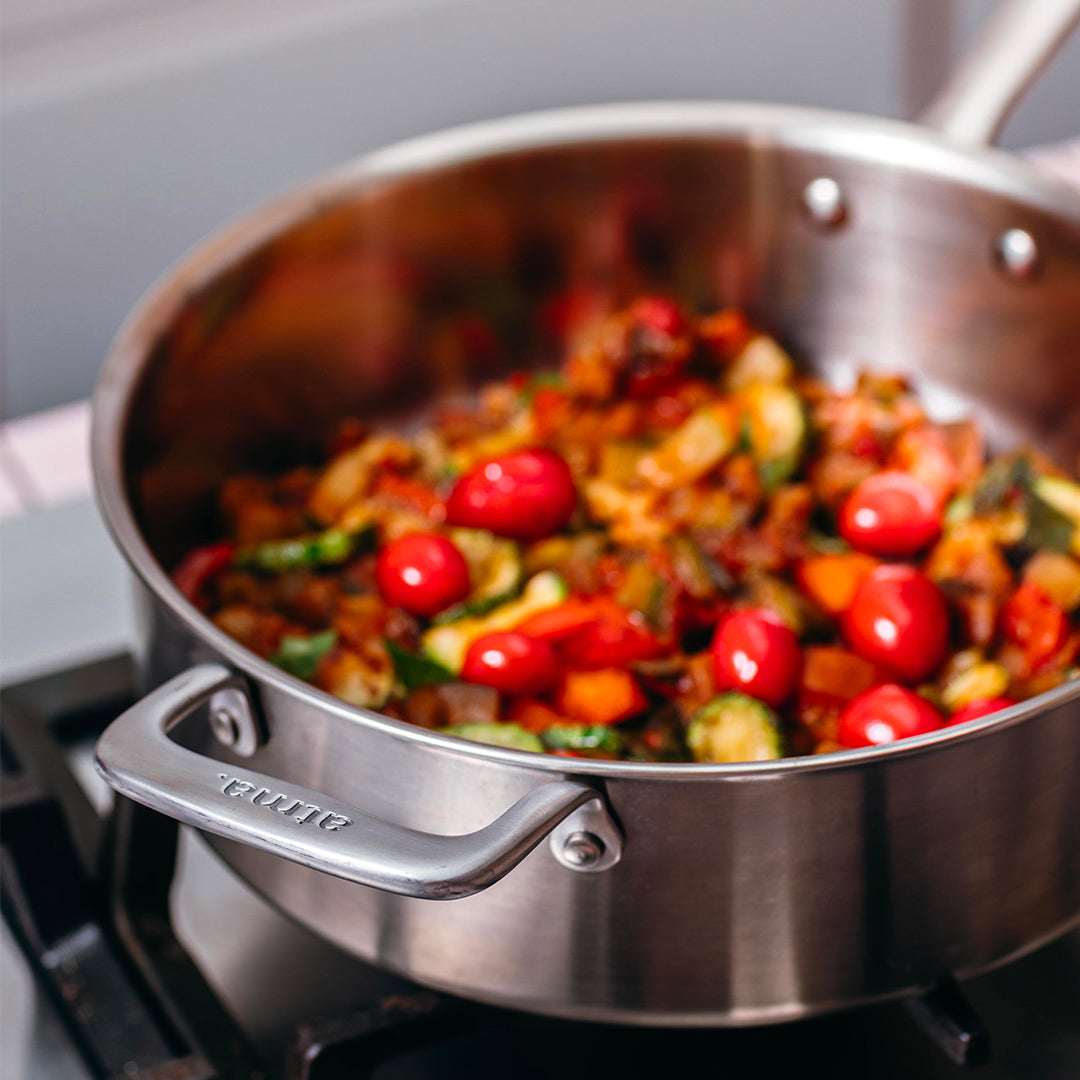
![[CLAIR]](http://atmakitchenware.com/cdn/shop/files/le-duo-de-sauteuses-ideales-561270.jpg?crop=center&height=500&v=1761729951&width=500)
![[CLAIR]](http://atmakitchenware.com/cdn/shop/files/le-duo-de-sauteuses-ideales-561270.jpg?crop=center&height=800&v=1761729951&width=800)
![[CLAIR]](http://atmakitchenware.com/cdn/shop/files/le-duo-de-sauteuses-ideales-561270.jpg?crop=center&height=1500&v=1761729951&width=1500)
![[CLAIR]](http://atmakitchenware.com/cdn/shop/files/le-duo-de-sauteuses-ideales-561270.jpg?crop=center&height=2000&v=1761729951&width=2000)
